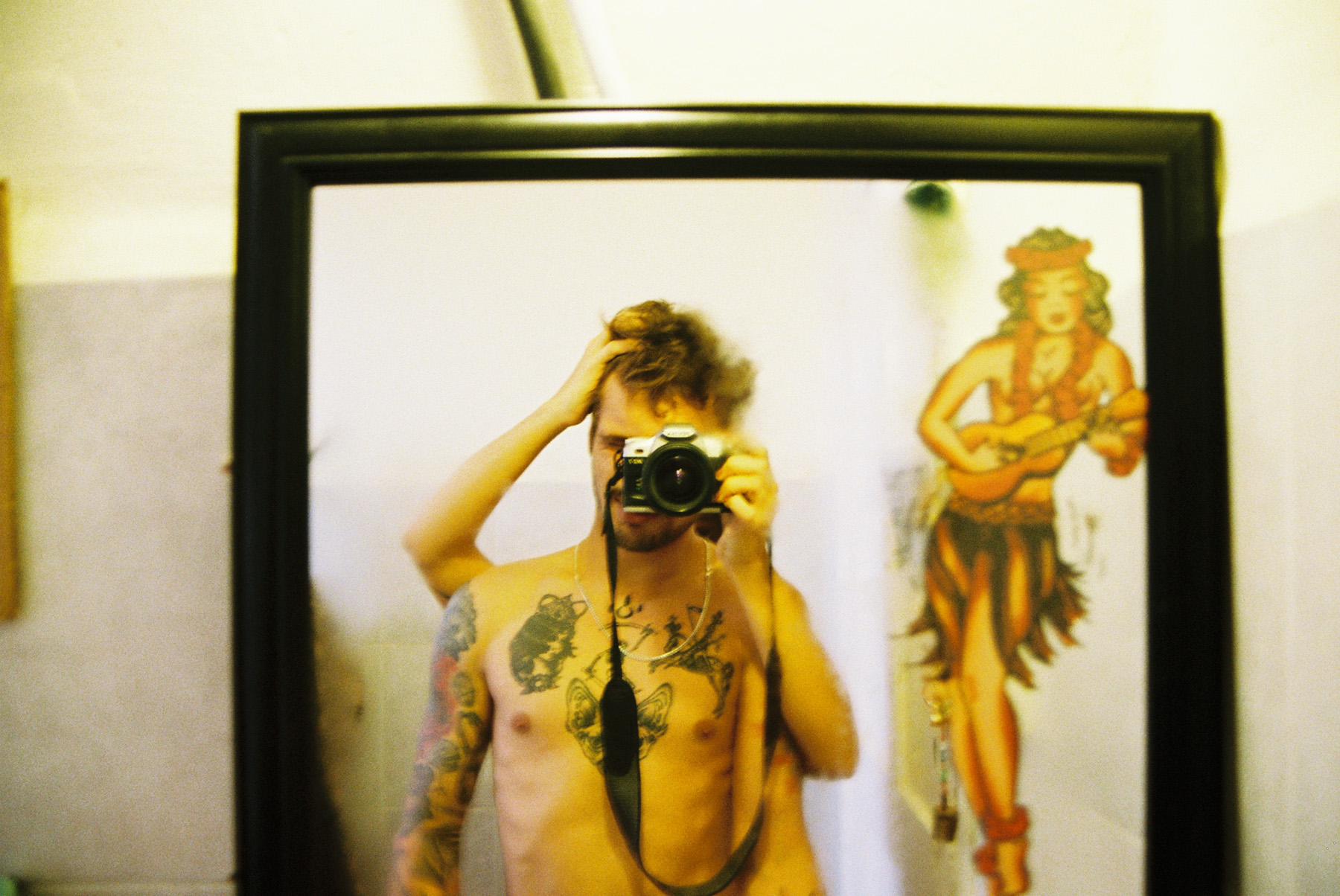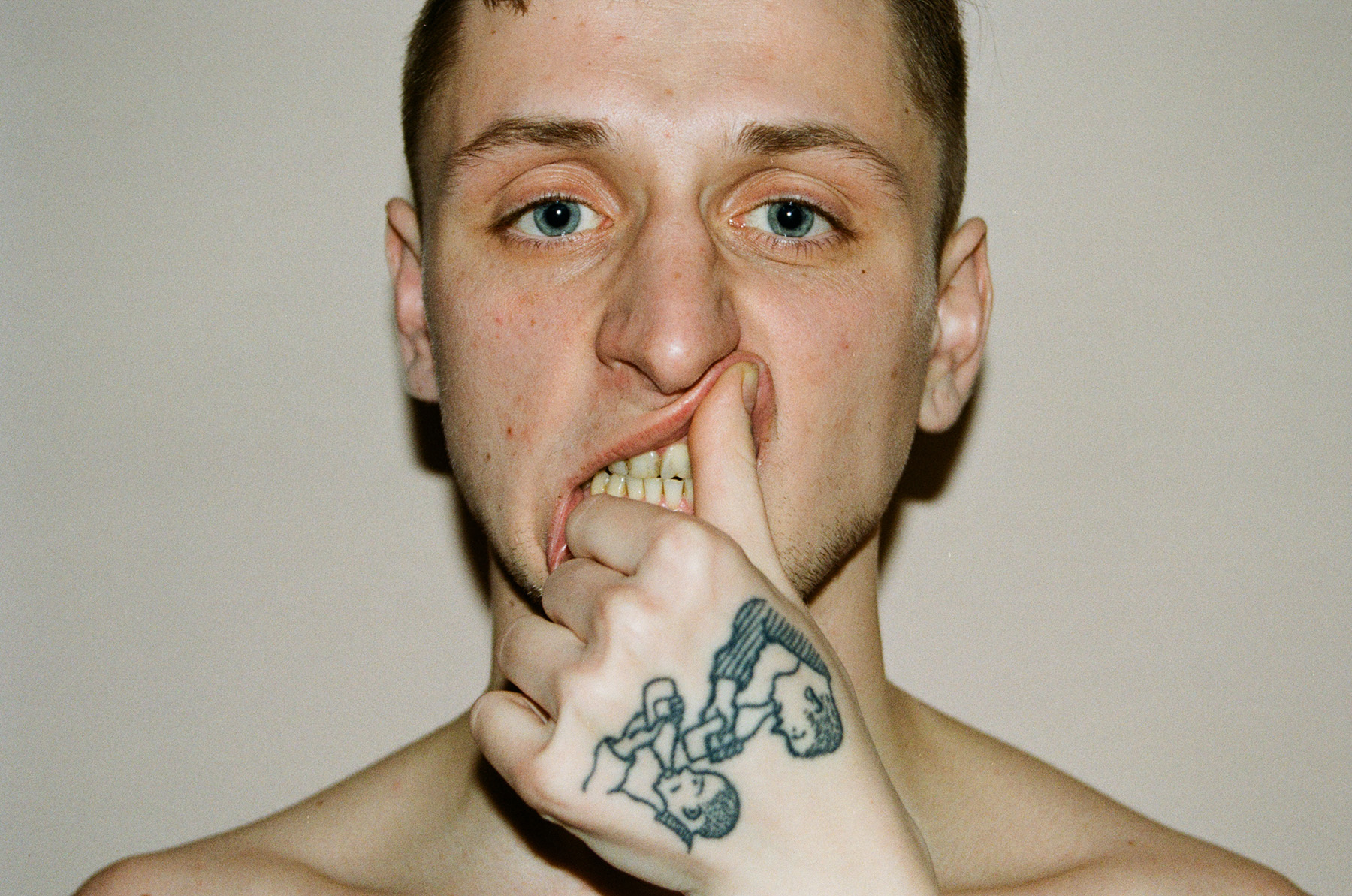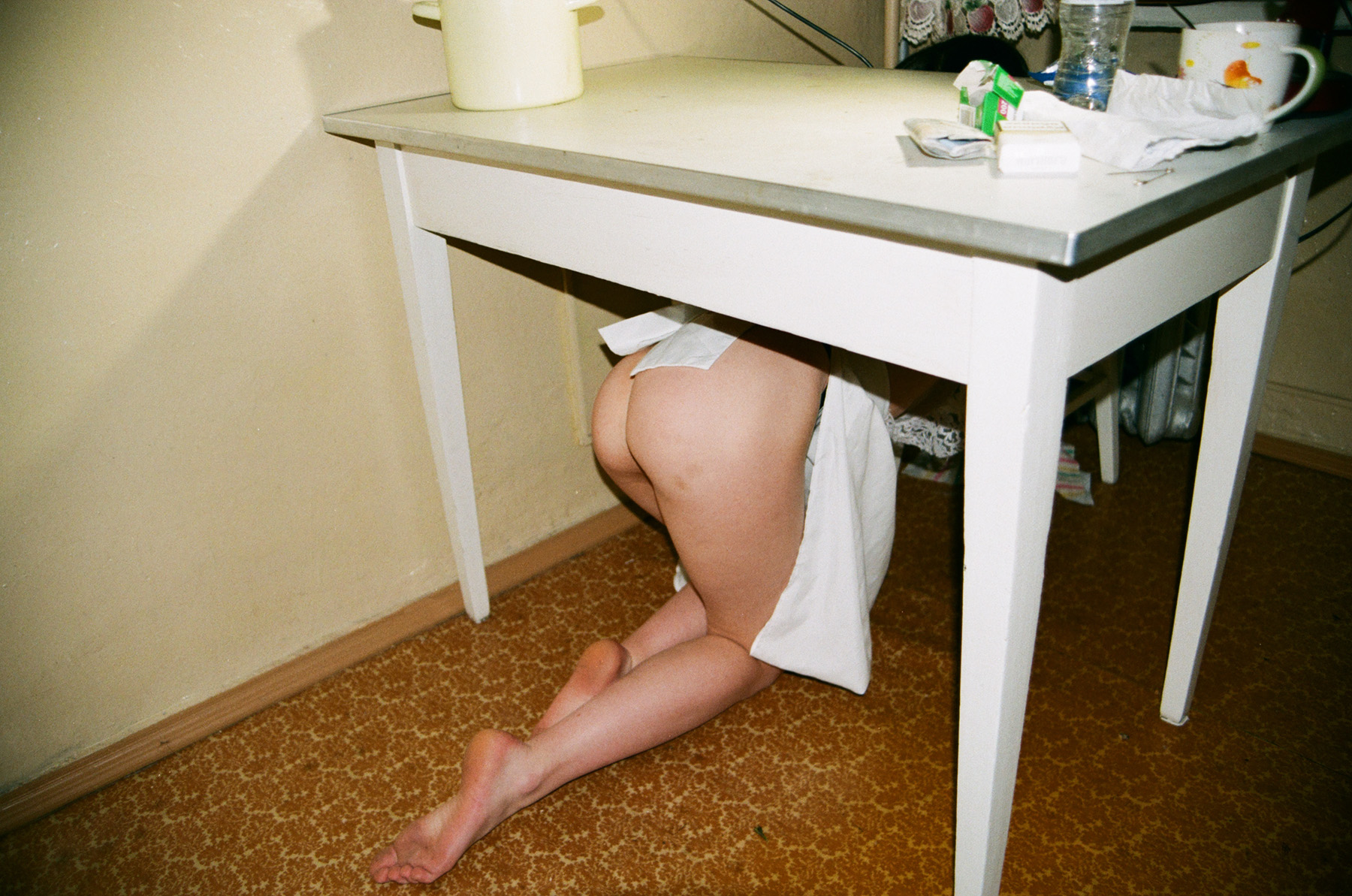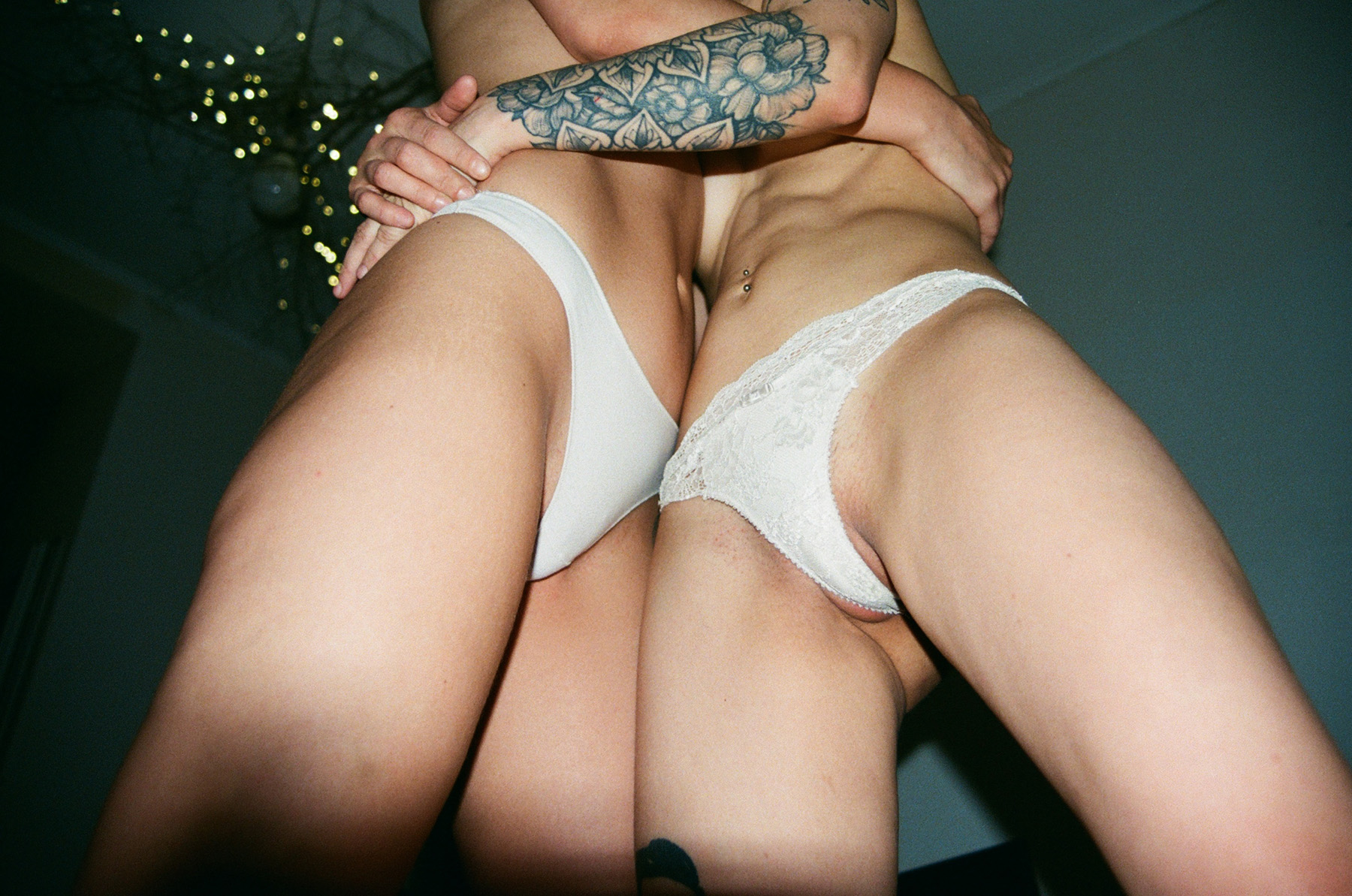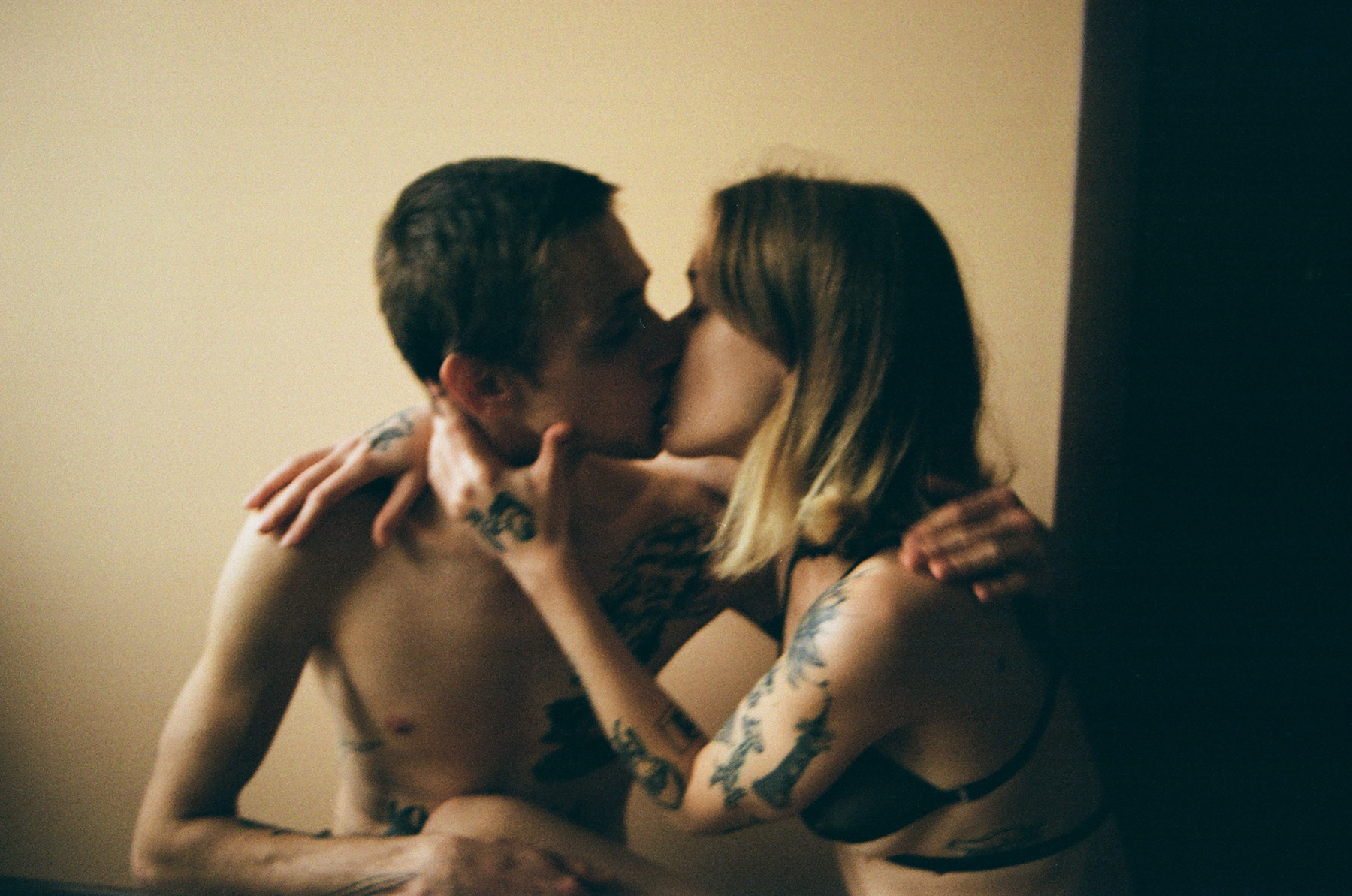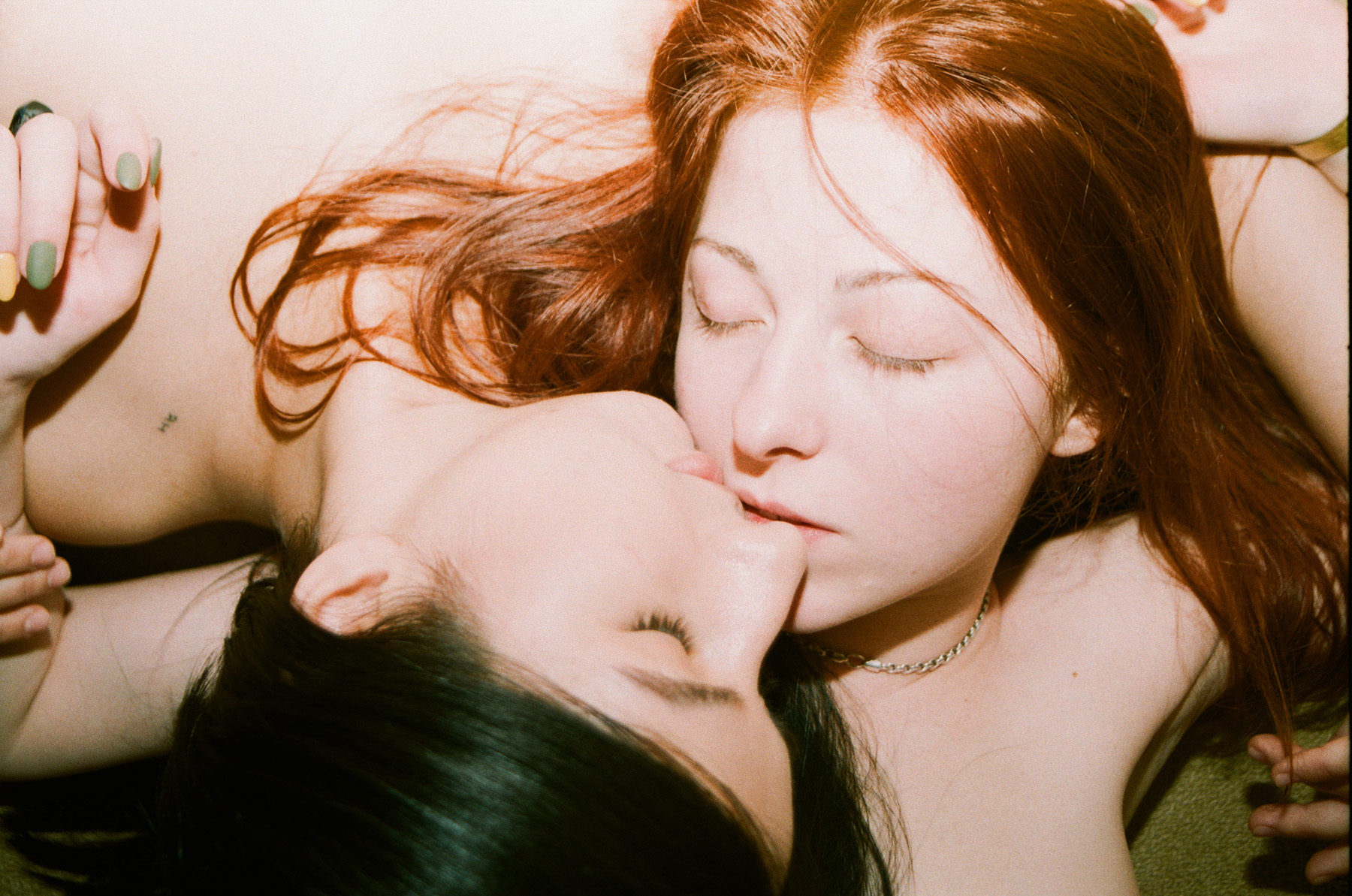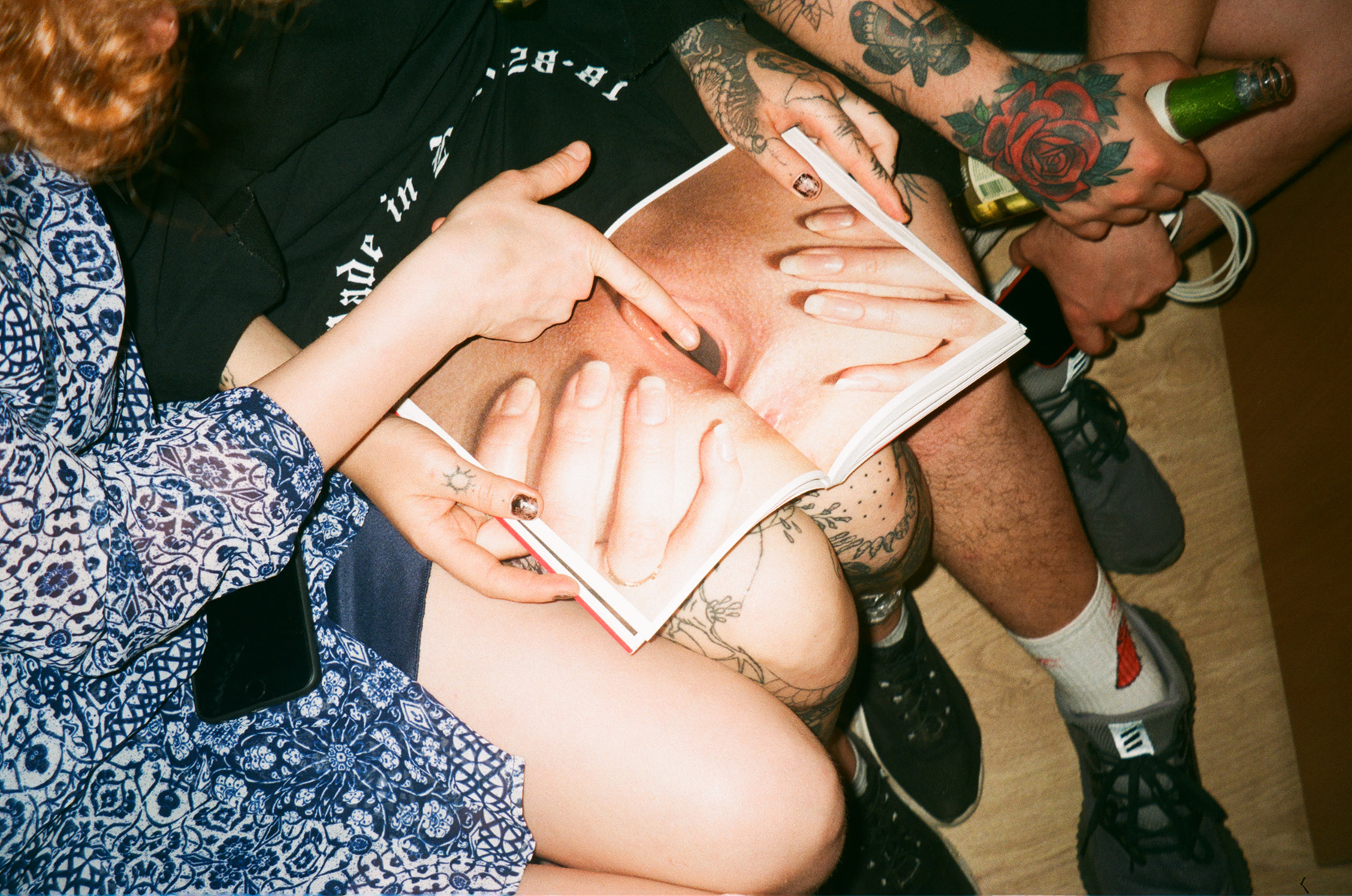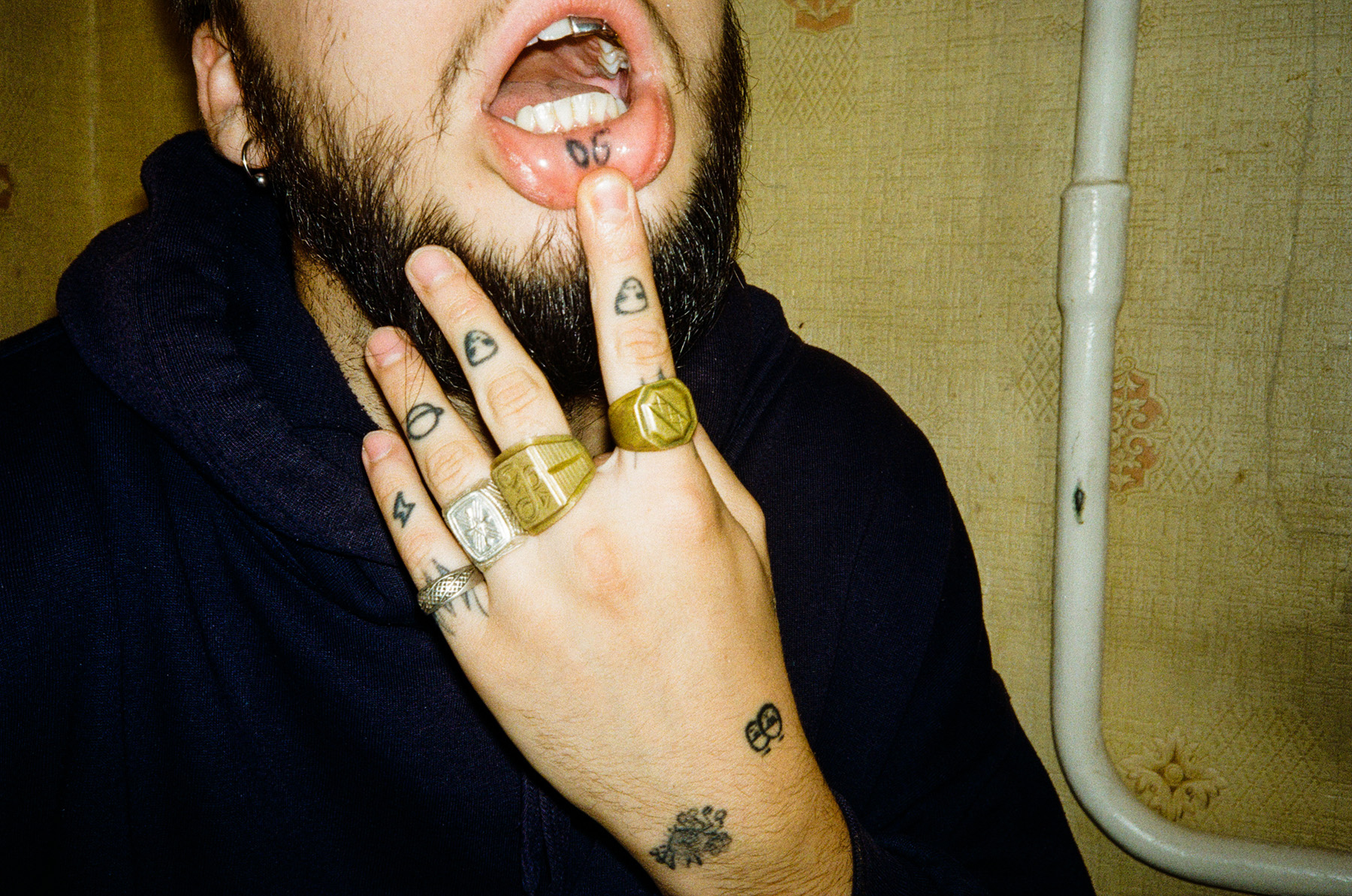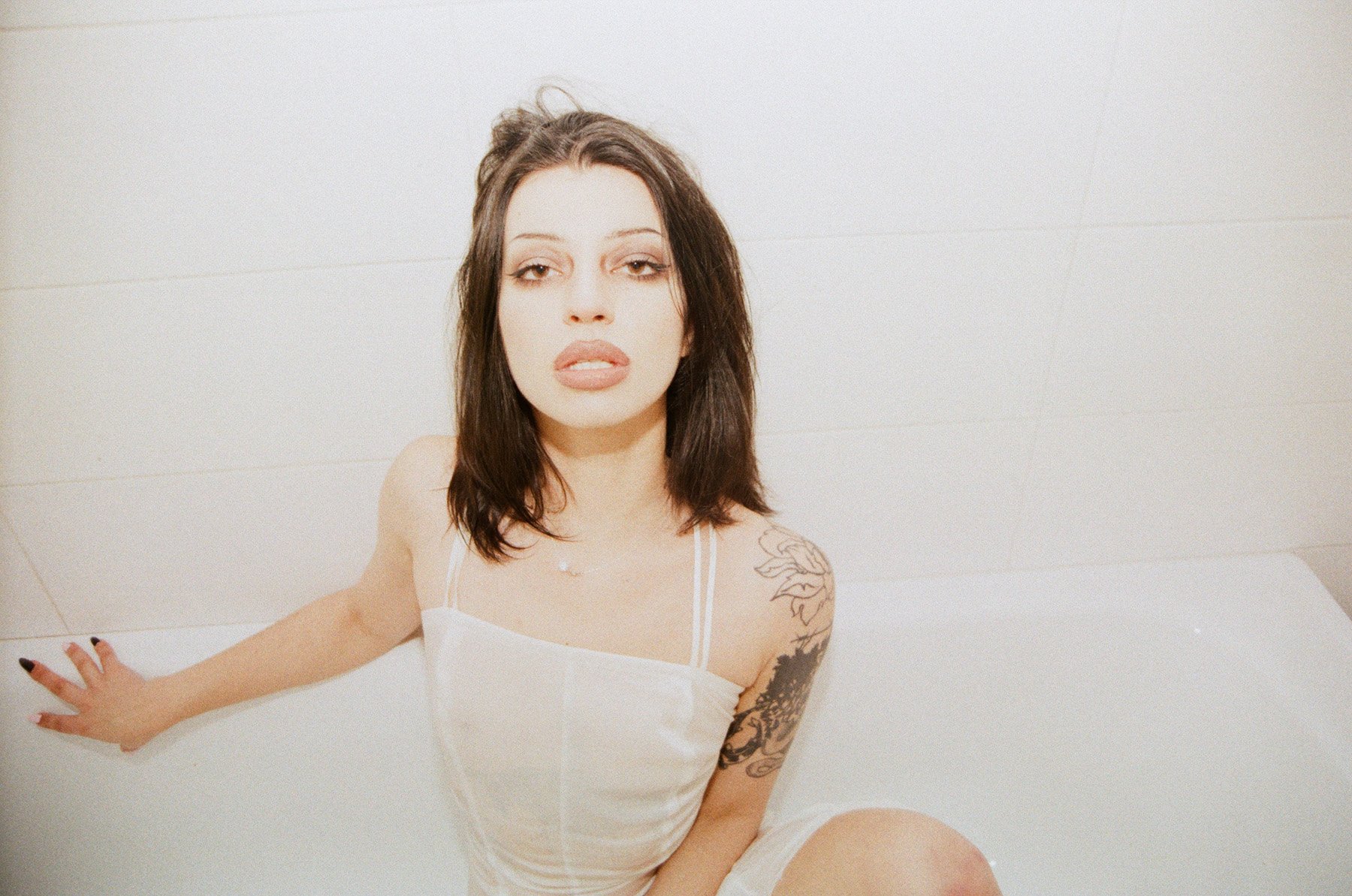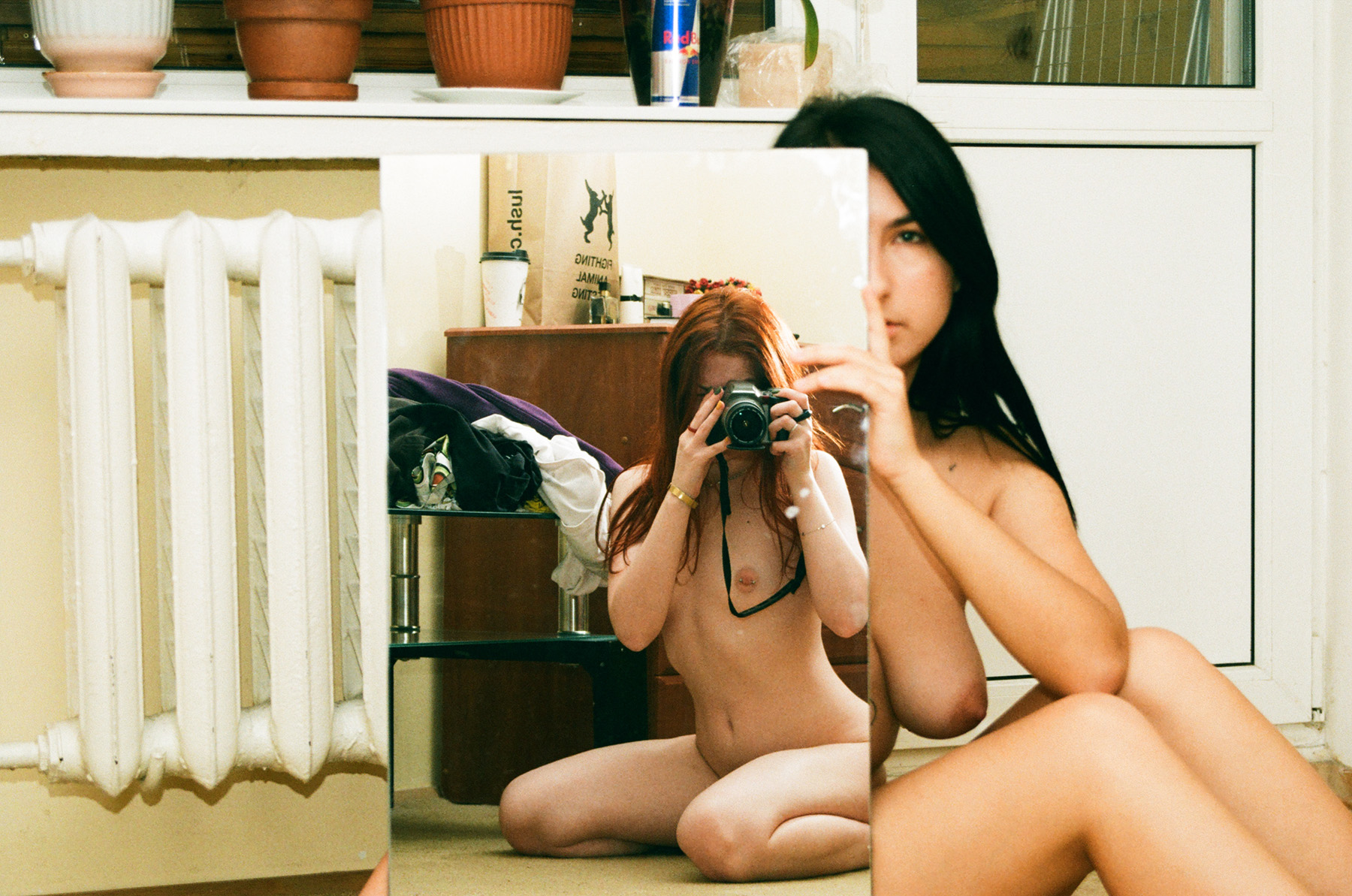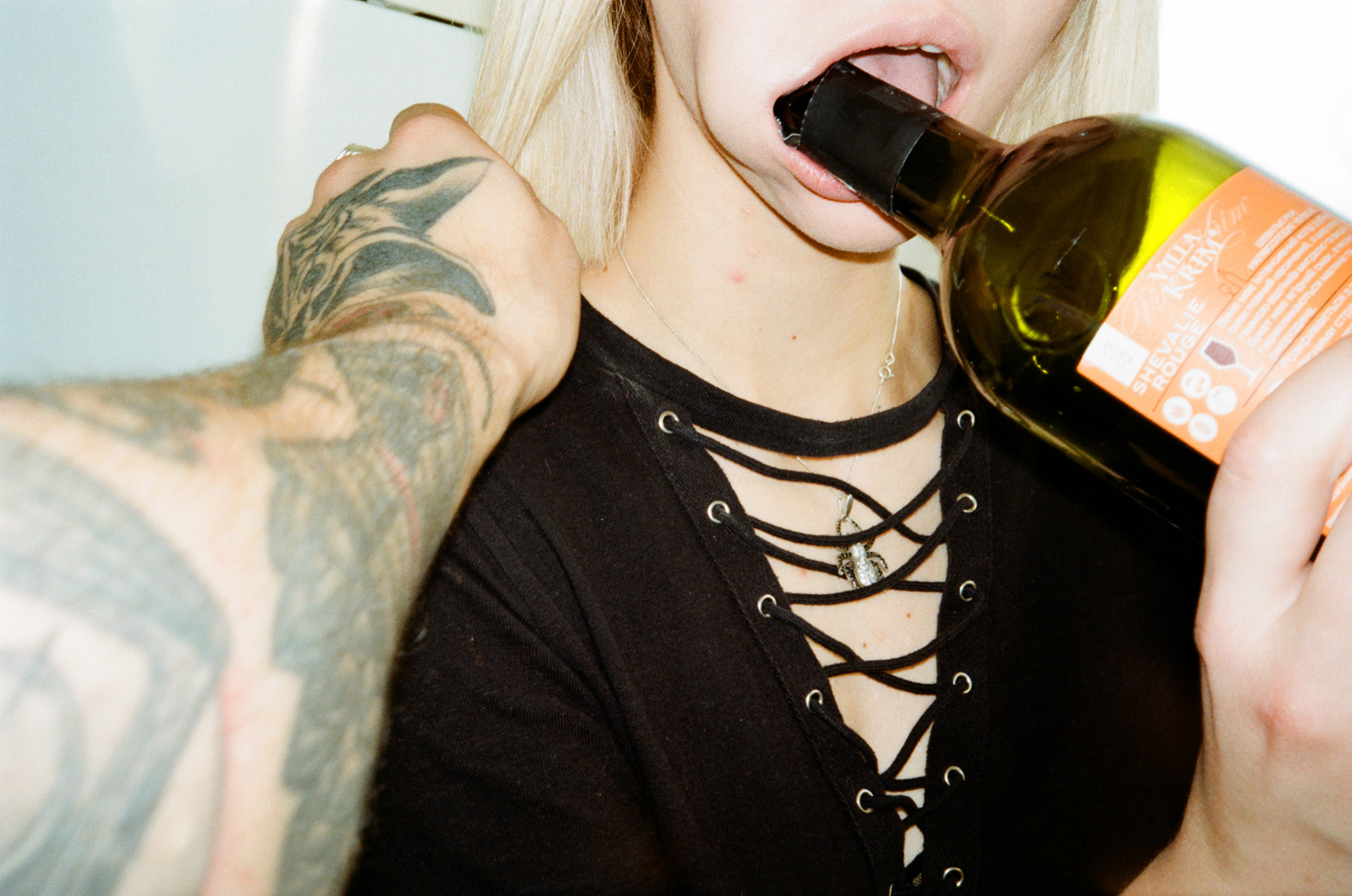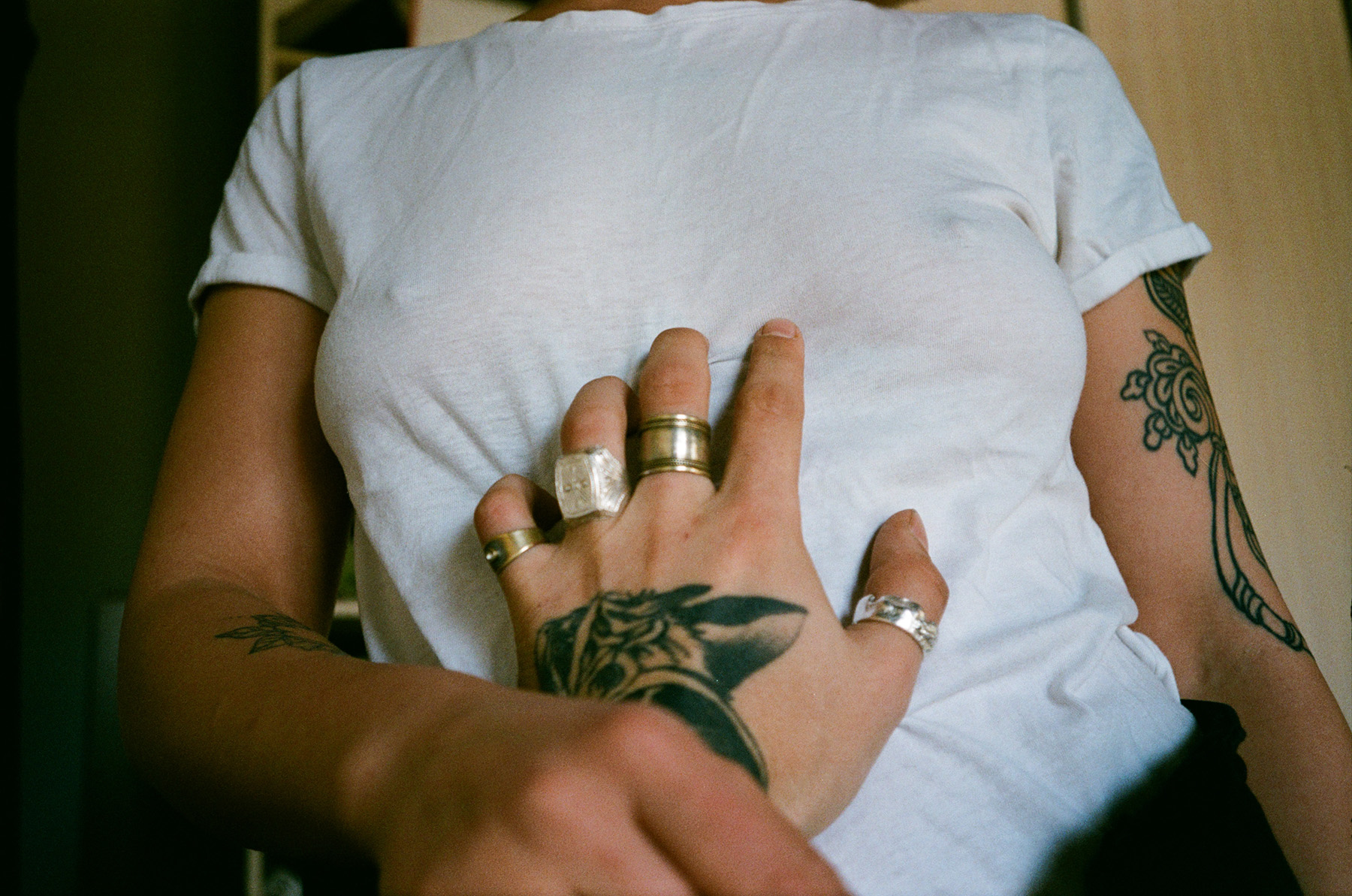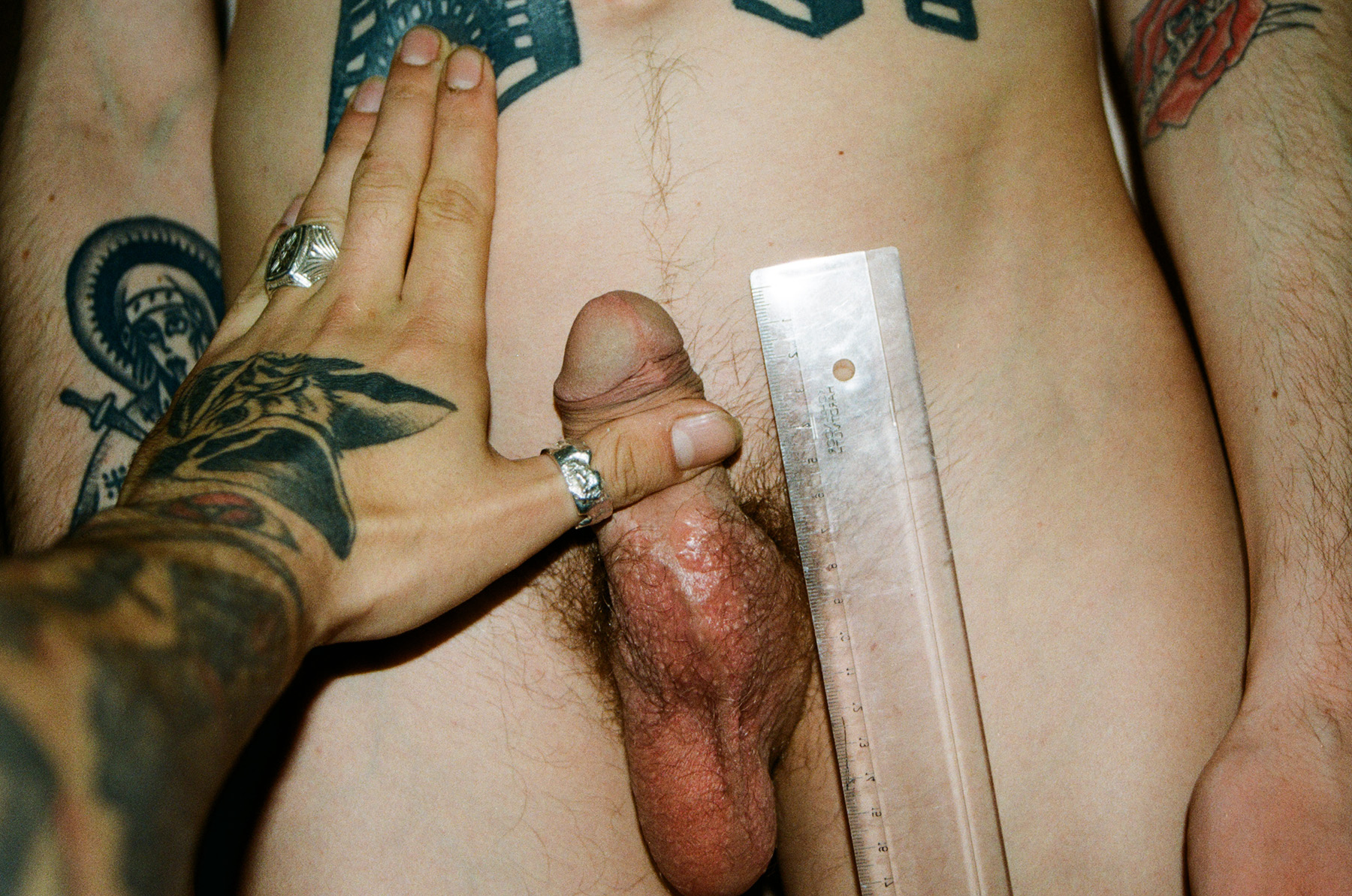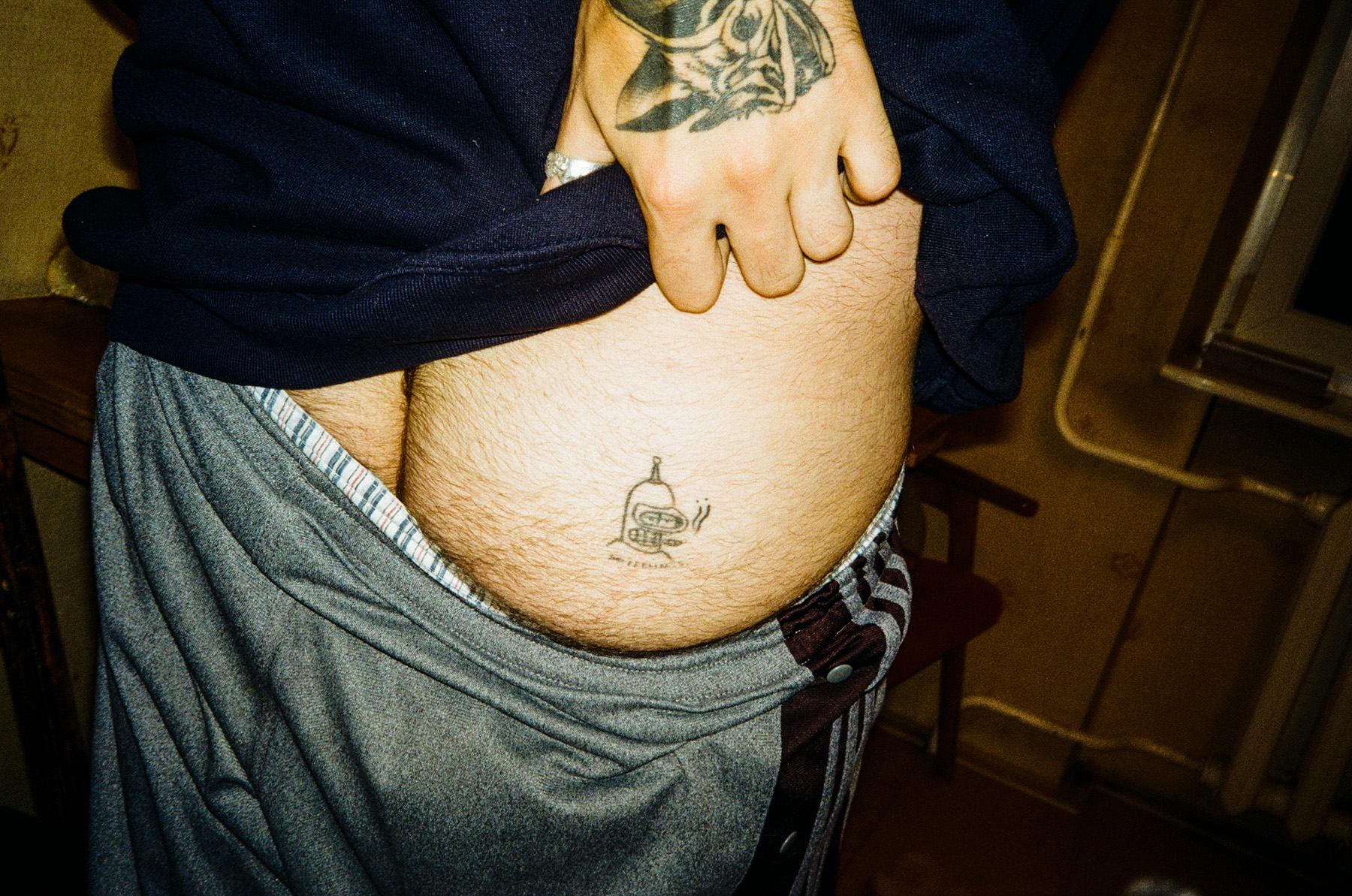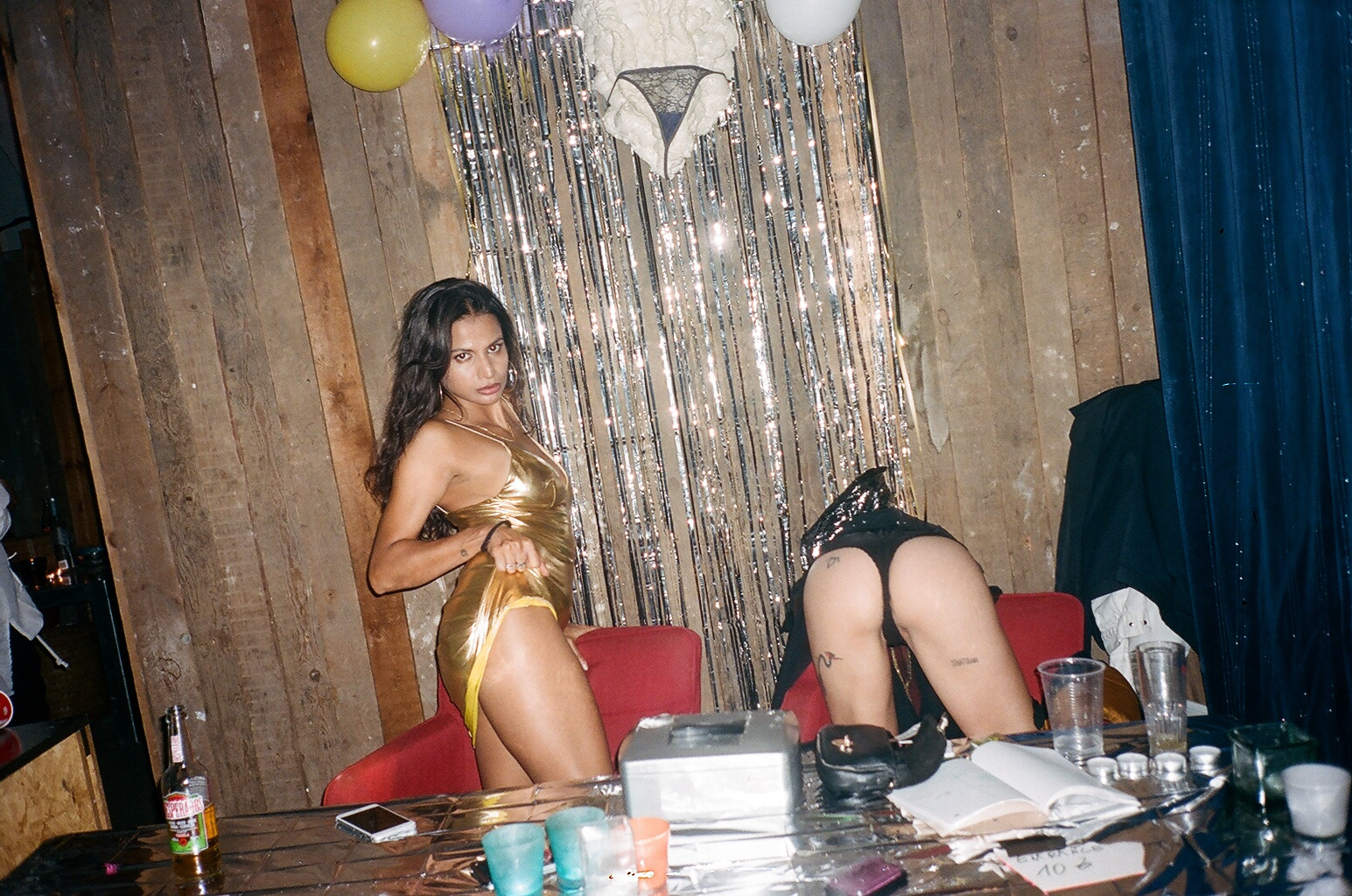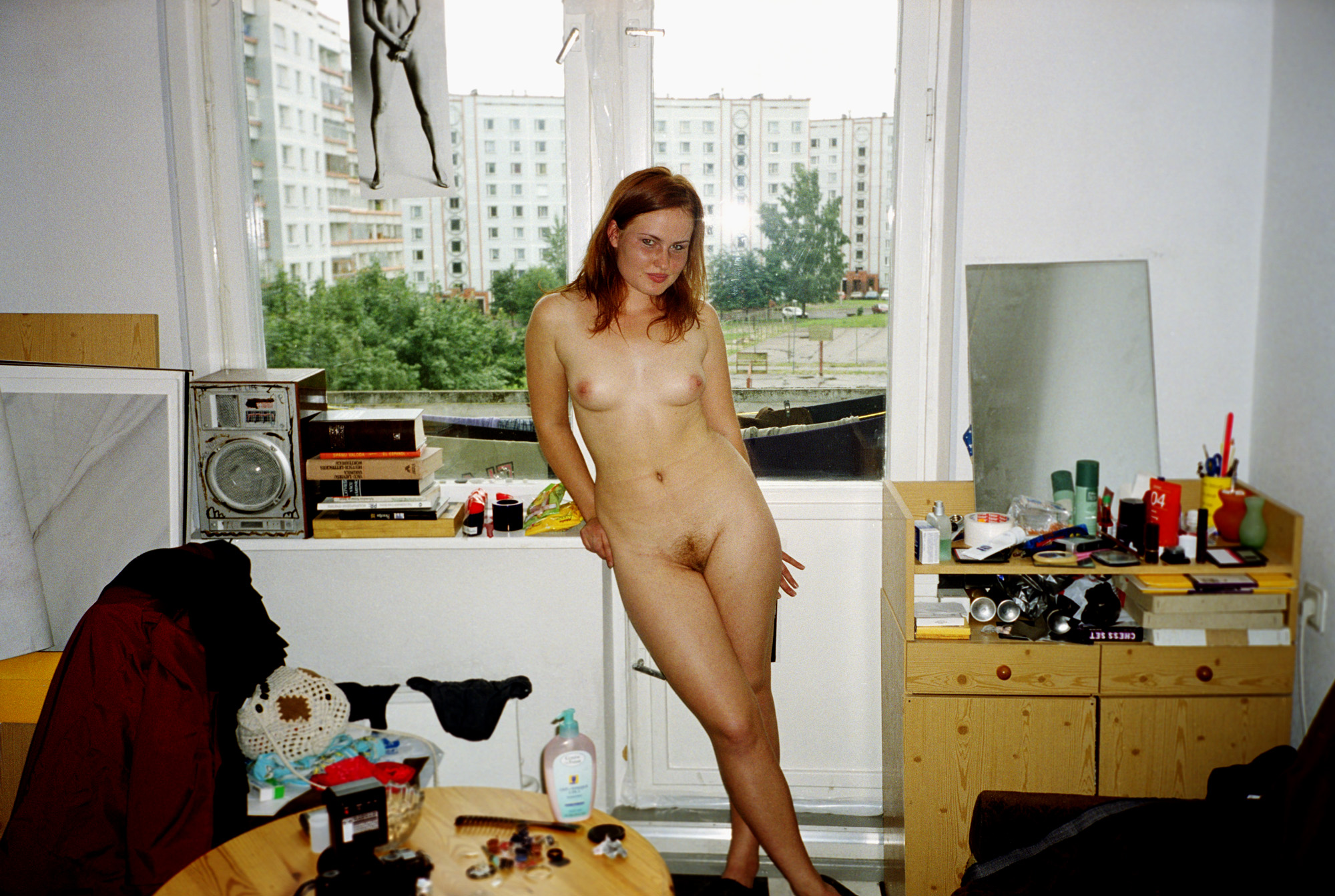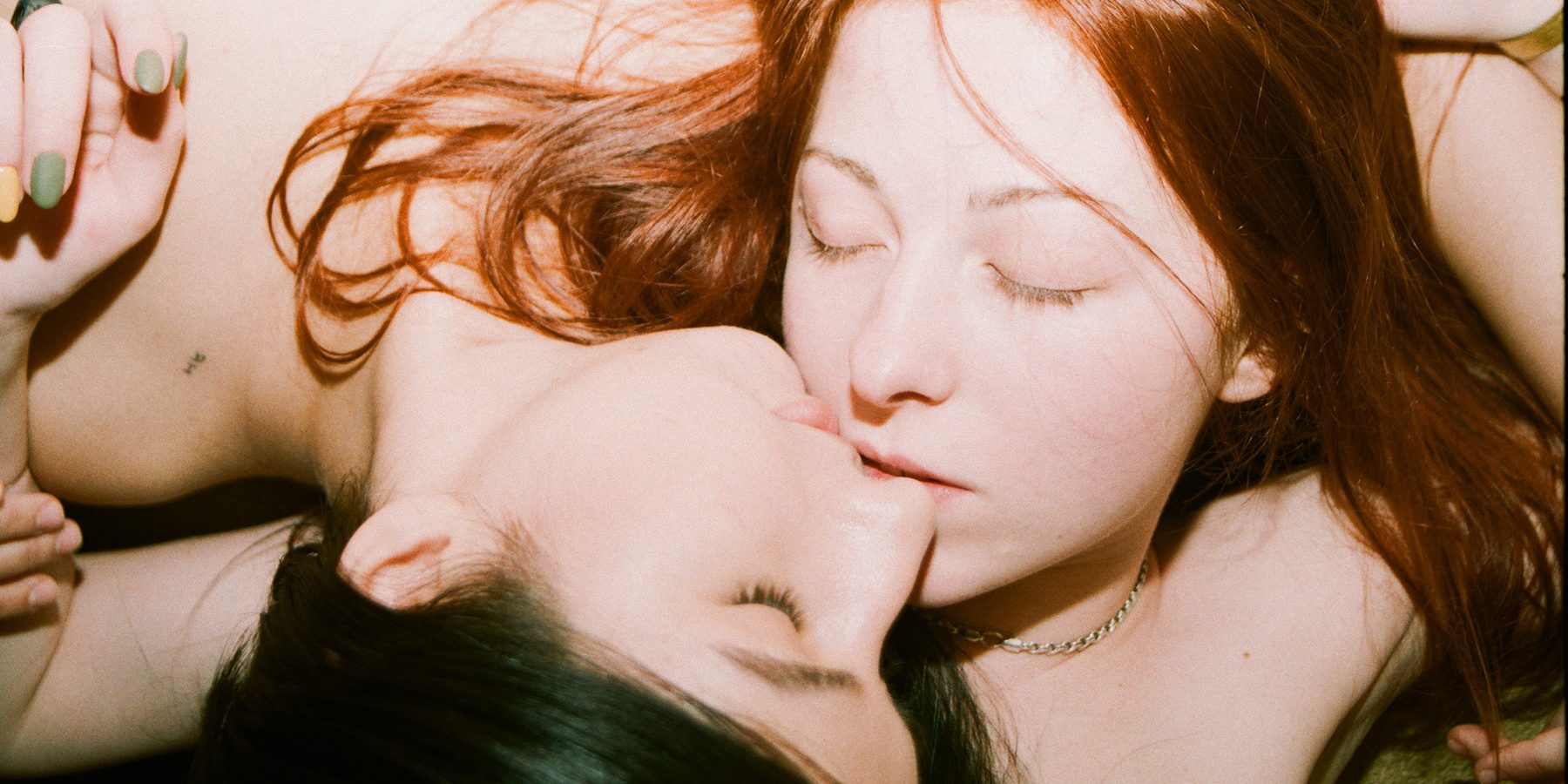
Human Bodies’ Craftsman: The Portfolio of Semen Kuchvara

A photographer and specialist in eco-economic monitoring from Lviv. Published in Musashi Magazine, Resuer Magazine, Argentik Magazine, Sticks and Stones. Participant of the exhibition "Revisions" at the Yermilov Center, Kharkiv.
— I have been shooting for about two years. It all started as a sort of art therapy. At that time, life was quite gloomy due to drugs, toxic people, and a self-destructive way of living. Amidst all this, there was always an inexplicable urge for creation and self-expression. I would occasionally capture various street scenes on my phone that held personal significance to me.
One day, my friend Denya Kireev returned from Lutsk with his first film camera, producing simple but beautiful and harmonious images. That planted a persistent thought in my mind: perhaps I should also have a camera and see what comes out of it.
When I started shooting on film, I immediately realized that I found photographing people much more interesting. It seemed amusing to me how they would react when, out of nowhere during a drinking session, I would pull out a camera and boldly take a shot, considering that just a week before, I was completely distant from photography. But the shots turned out well. At that time, I was capturing my friends, partners, and various situations in the haze—a snapshot of the party scene and my interaction with it.
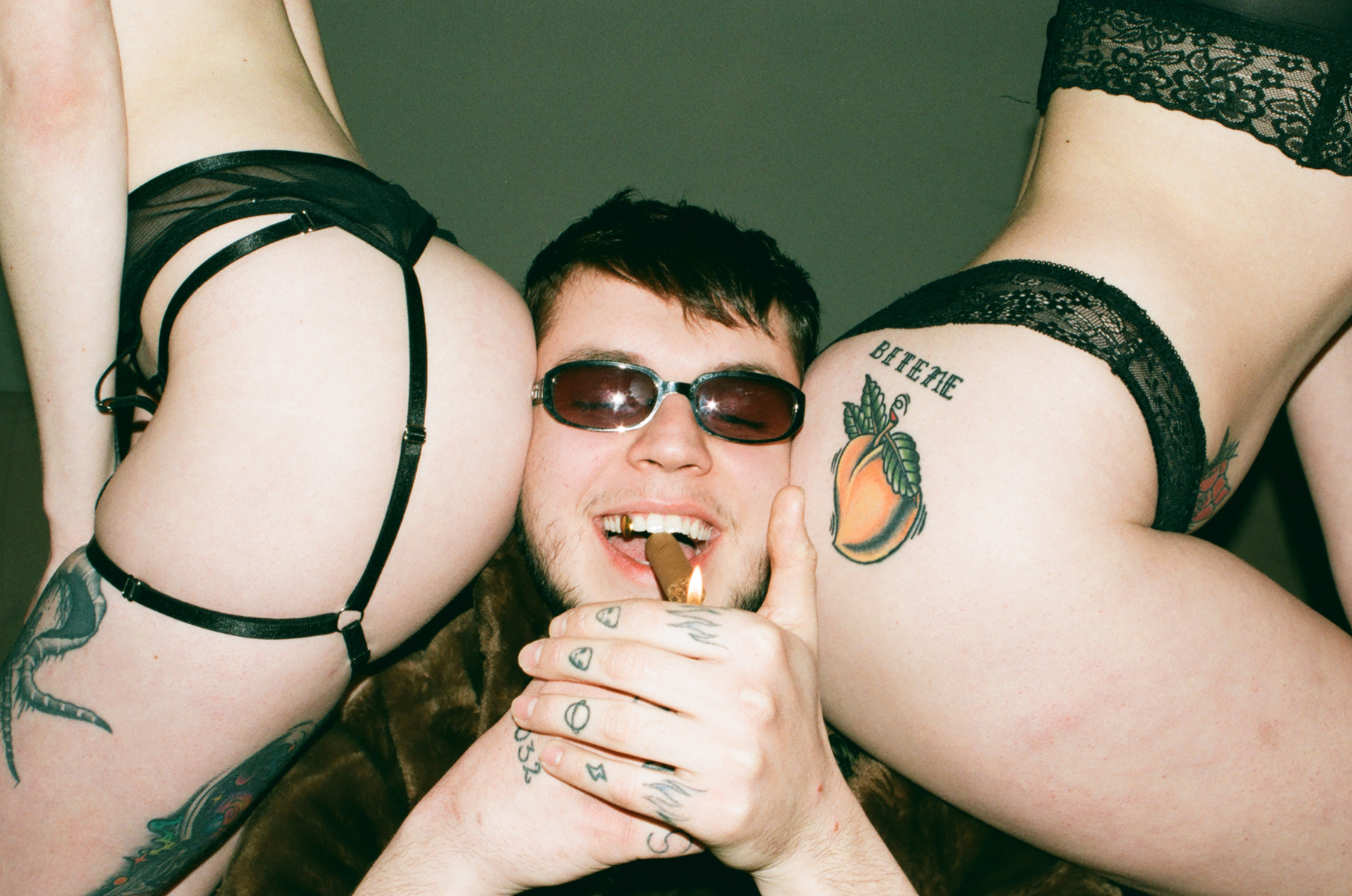
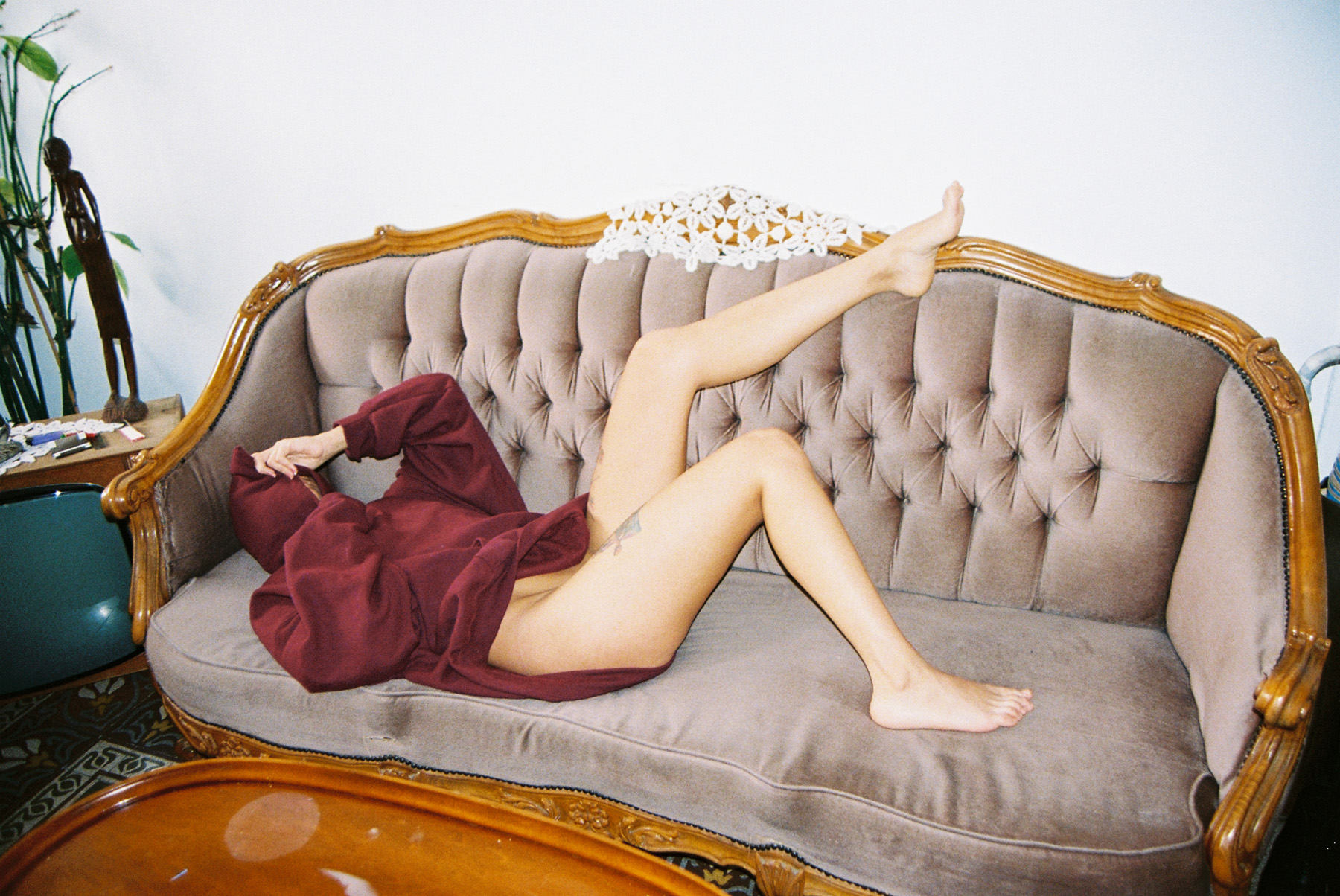

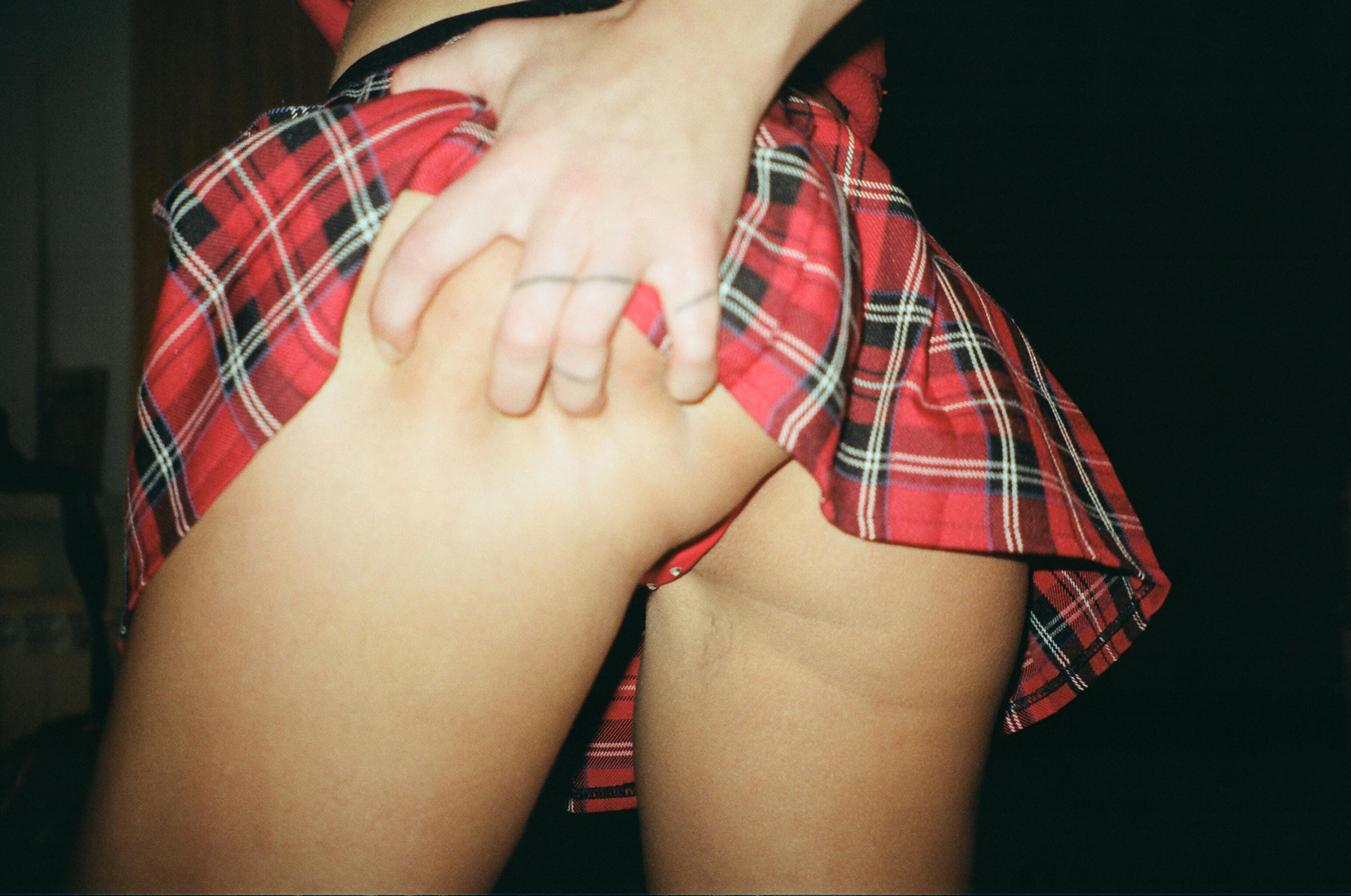
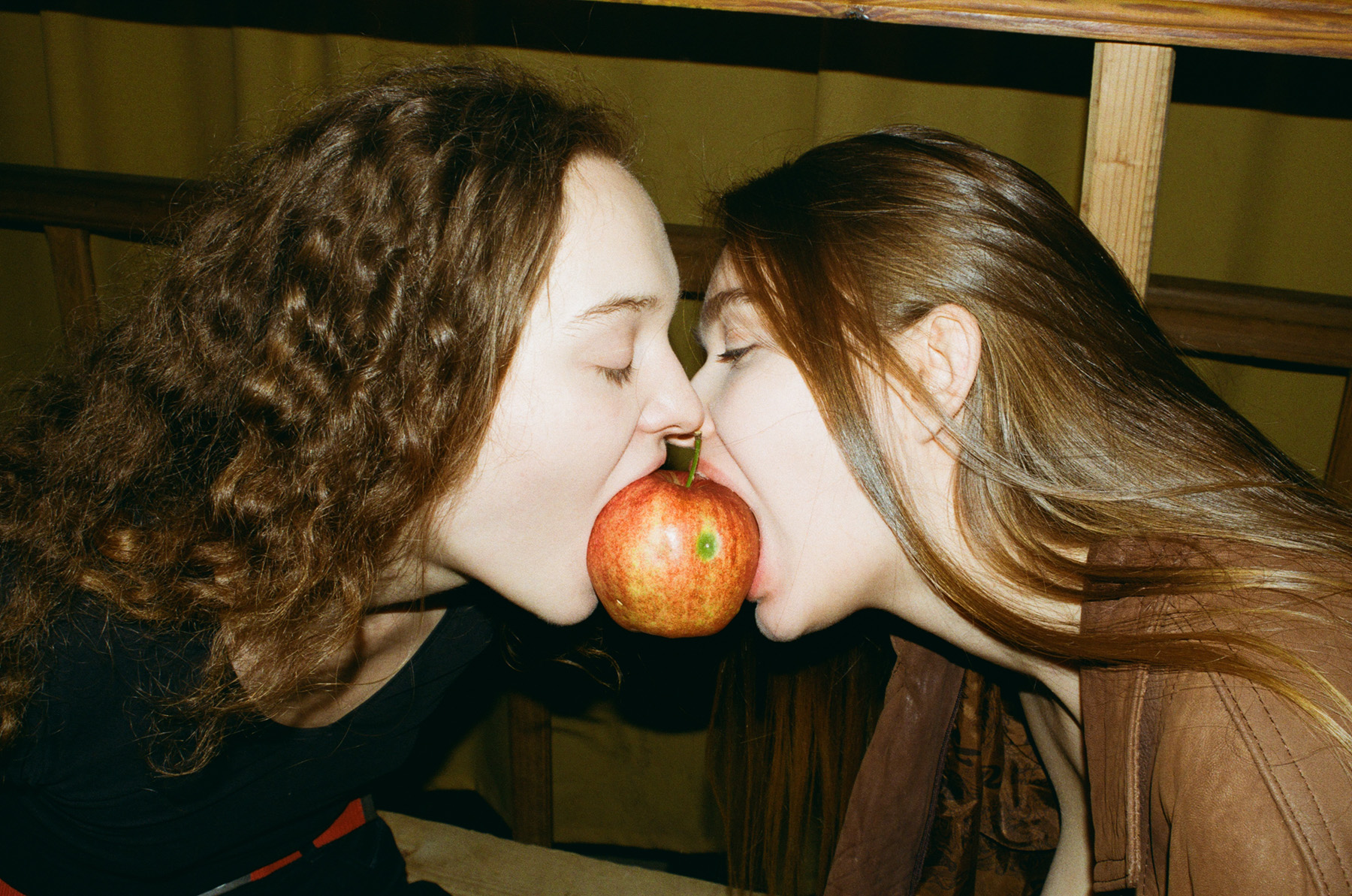
My first camera was the Samsung FF-222 with a crazy flash that could scare away stray dogs and blind cops who followed us at night. The images turned out overexposed, creating a vibe of old amateur photography—as if it were an archive from an extremely lively and drunken birthday party. This vibe still resonates in everything I shoot.
I photograph various subjects. For example, there is a series featuring couples kissing and making love. Here, I find it interesting to observe how far people can let me into their personal lives and share it. Overall, I am curious to explore how much people trust me when I photograph them. Perhaps that’s why I take so many selfies with models, trying to squeeze myself into the frame. I also often shoot at parties and afterparties. My photos are filled with drugs, alcohol, dancing, sex, and youth.
I am generally interested in exploring how much people are willing to trust me when I photograph them.
I photograph not only girls but also boys. Unfortunately, it’s difficult for me to find male models: most of my male friends are either shy or skeptical about what I do (unlike girls who sometimes eagerly volunteer for a shoot). I only photograph close people – friends, partners. In the past year and a half, I often receive messages from people offering to be photographed, but even then it’s important for me to spend time with that person, get to know them better, and establish a connection. I hope that this connection and closeness are evident in the photos.
I strive to build close and positive relationships with the people I photograph. It’s important to me that all participants feel comfortable during the shoots. Before suggesting a certain shot, I prefer to ensure that it is acceptable to the person I am photographing.
I really enjoy it when models offer their own ideas. I only photograph interesting people, and it becomes a collaboration between two personalities. If models don’t want me to publish certain photos on Instagram, I always try to find a compromise and respect their wishes.
My shoots often resemble dates or parties. I aim to create a pleasant and intimate atmosphere where everyone can relax and create effortlessly. I used to make sketches for preparation, but lately, I come to the shoots with just a few frames in mind and a general mood – specific ideas emerge during the process.
There are no forbidden topics in my photography.
Strangely enough, I have never been accused of objectification, or at least I haven’t heard about it. I understand why such accusations can arise, but my work carries a certain message and deep personal context. In many of the shots, the models’ faces are not visible, but it is not for the purpose of dehumanization; rather, it focuses on different details.
There are no forbidden topics in my photography.
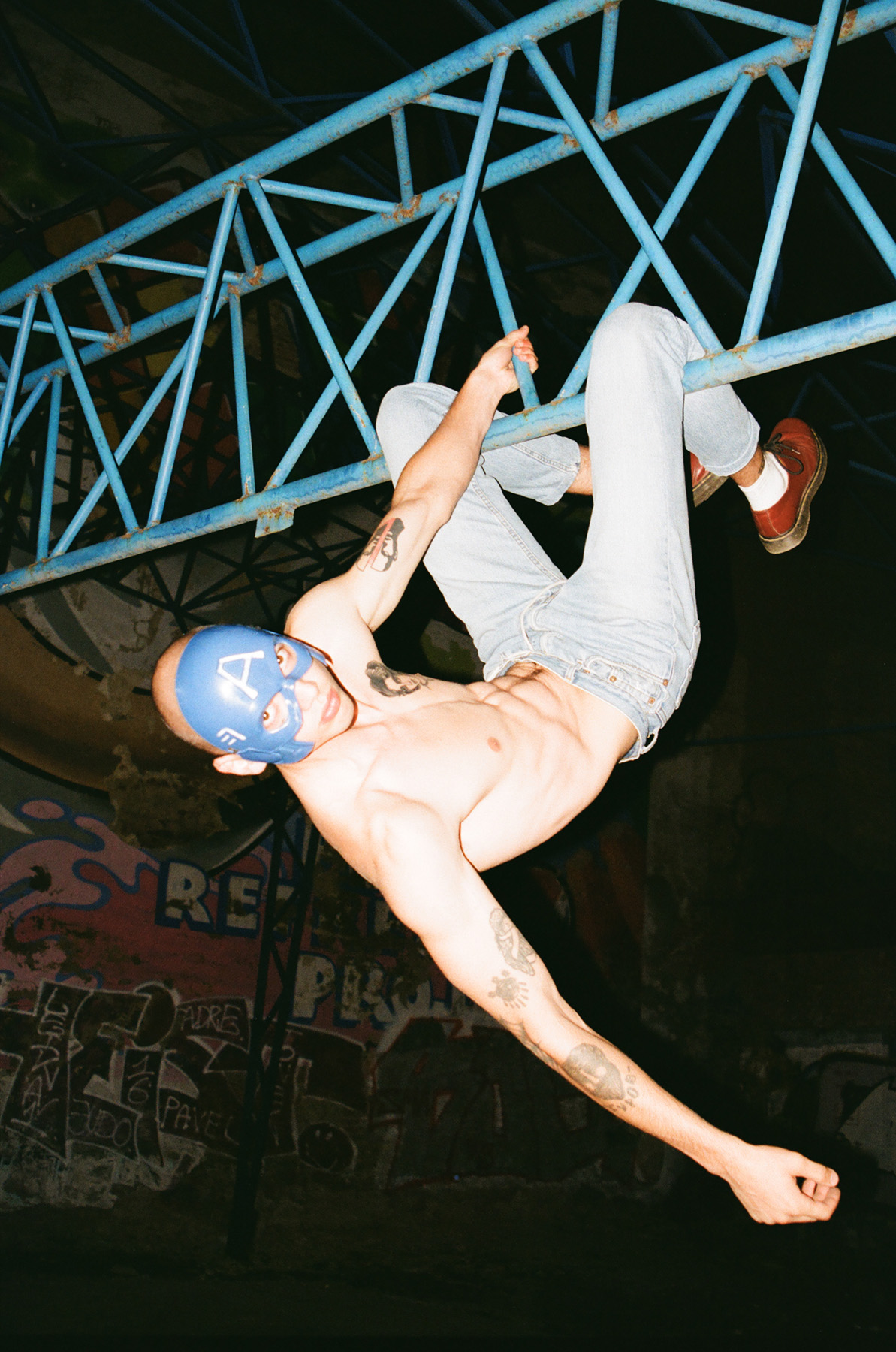
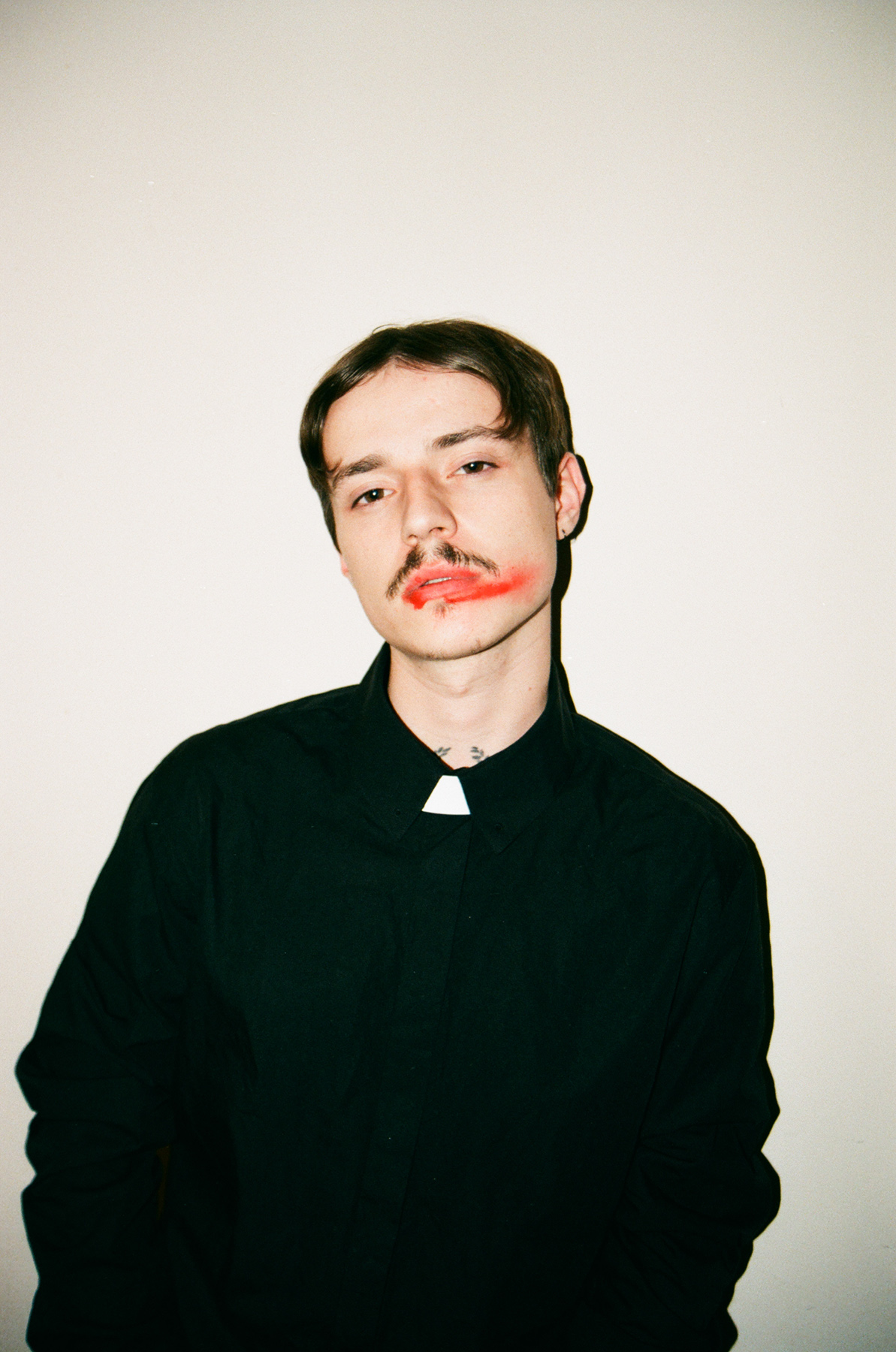
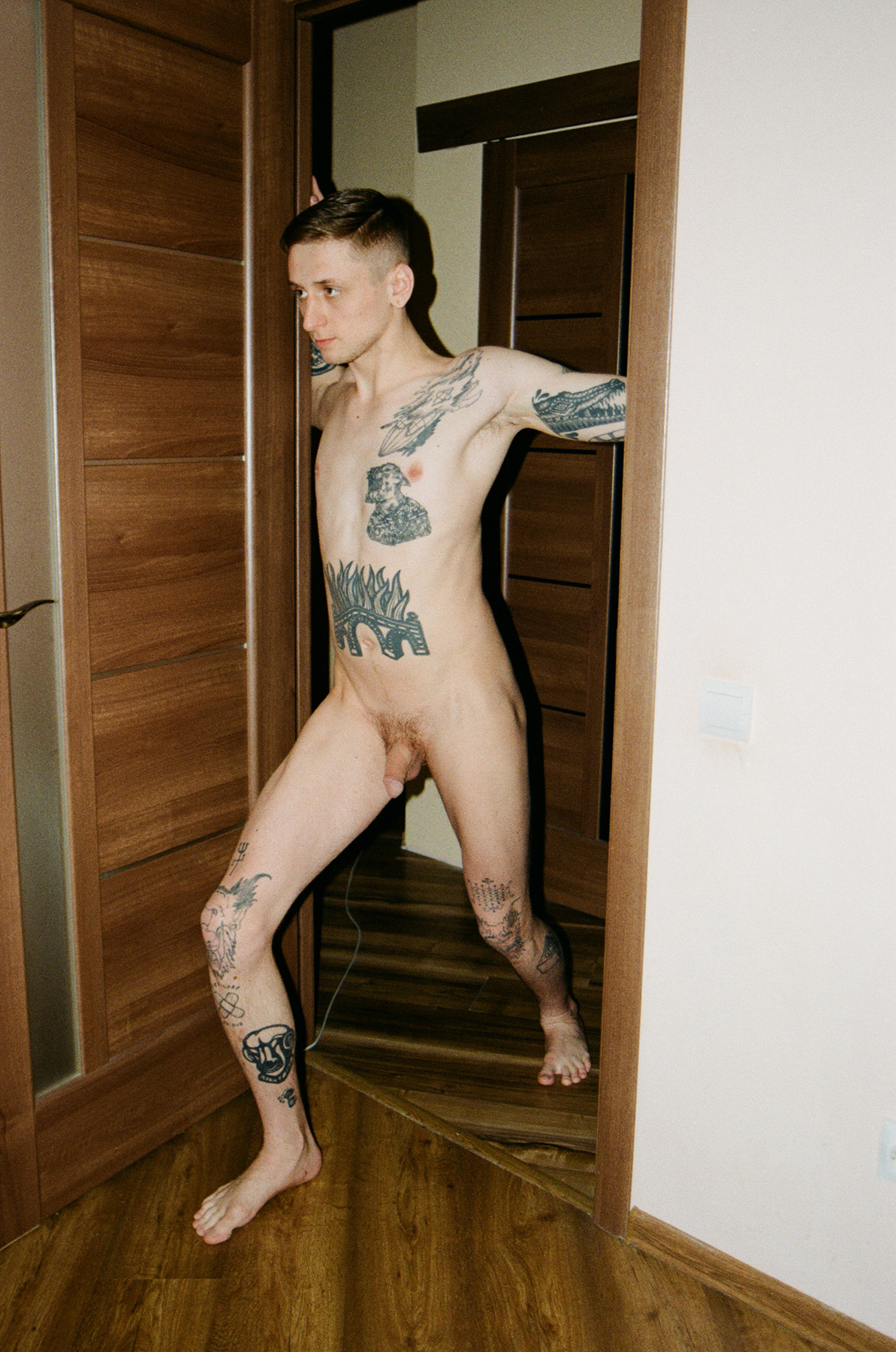


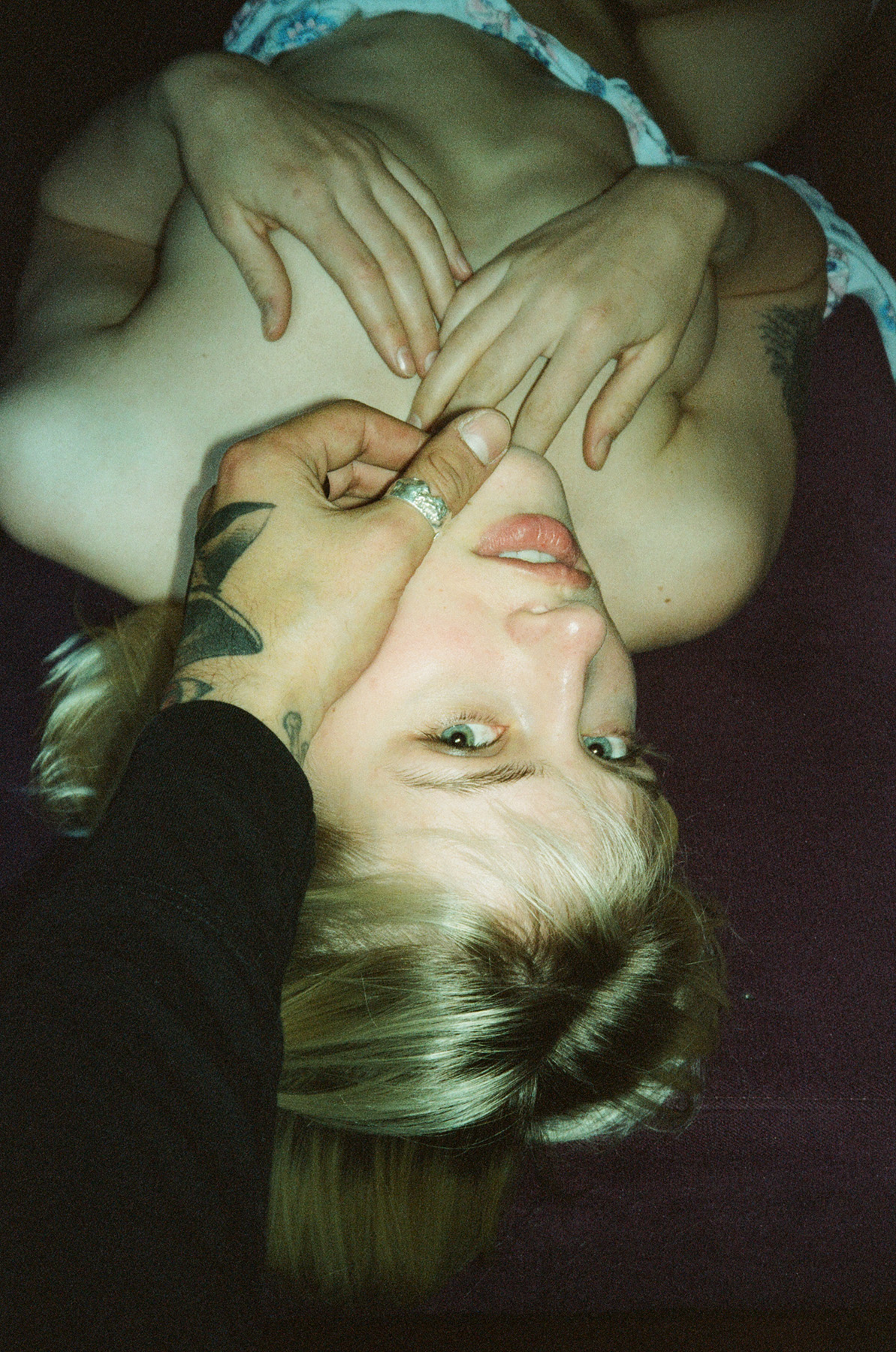
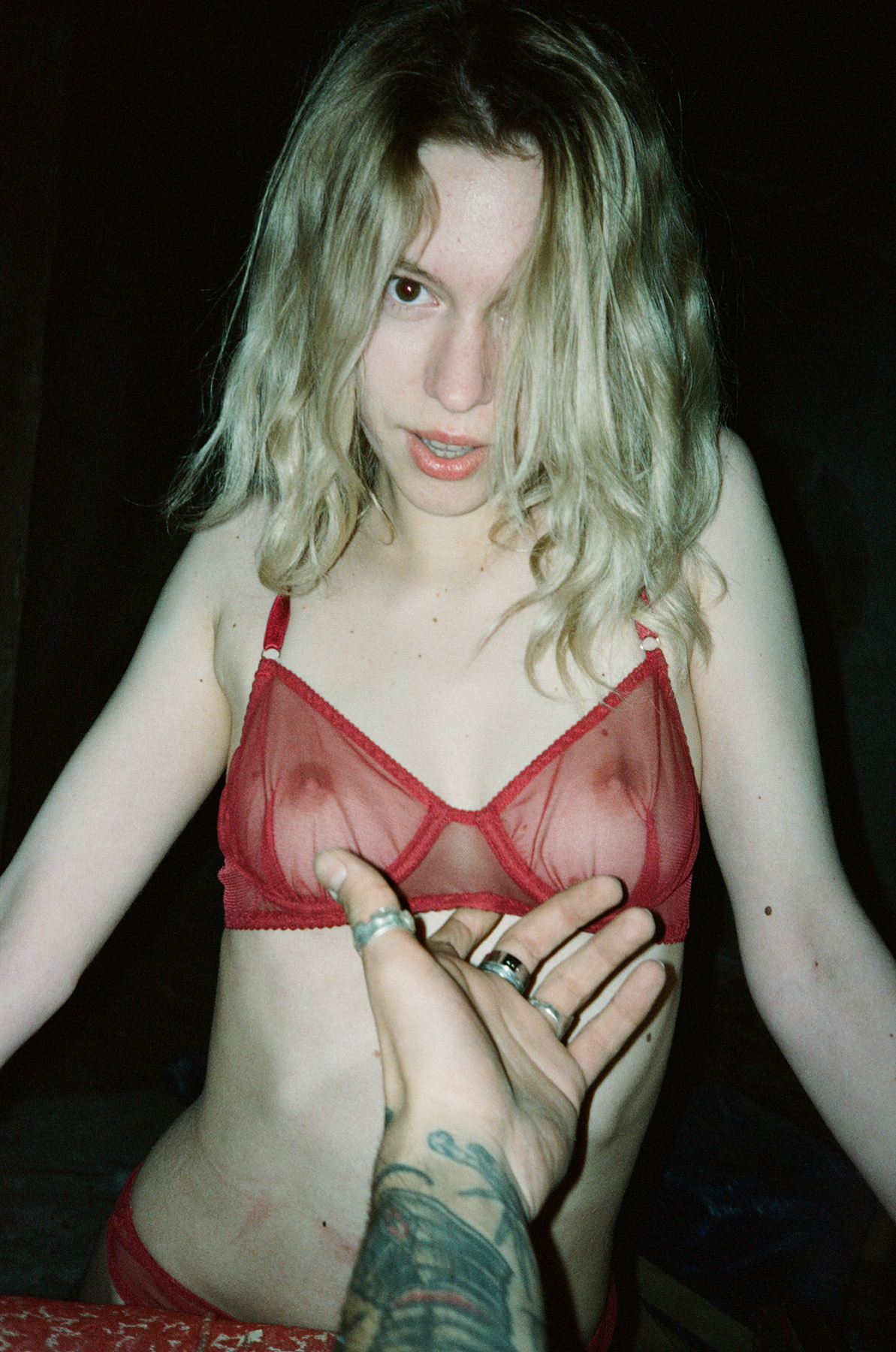

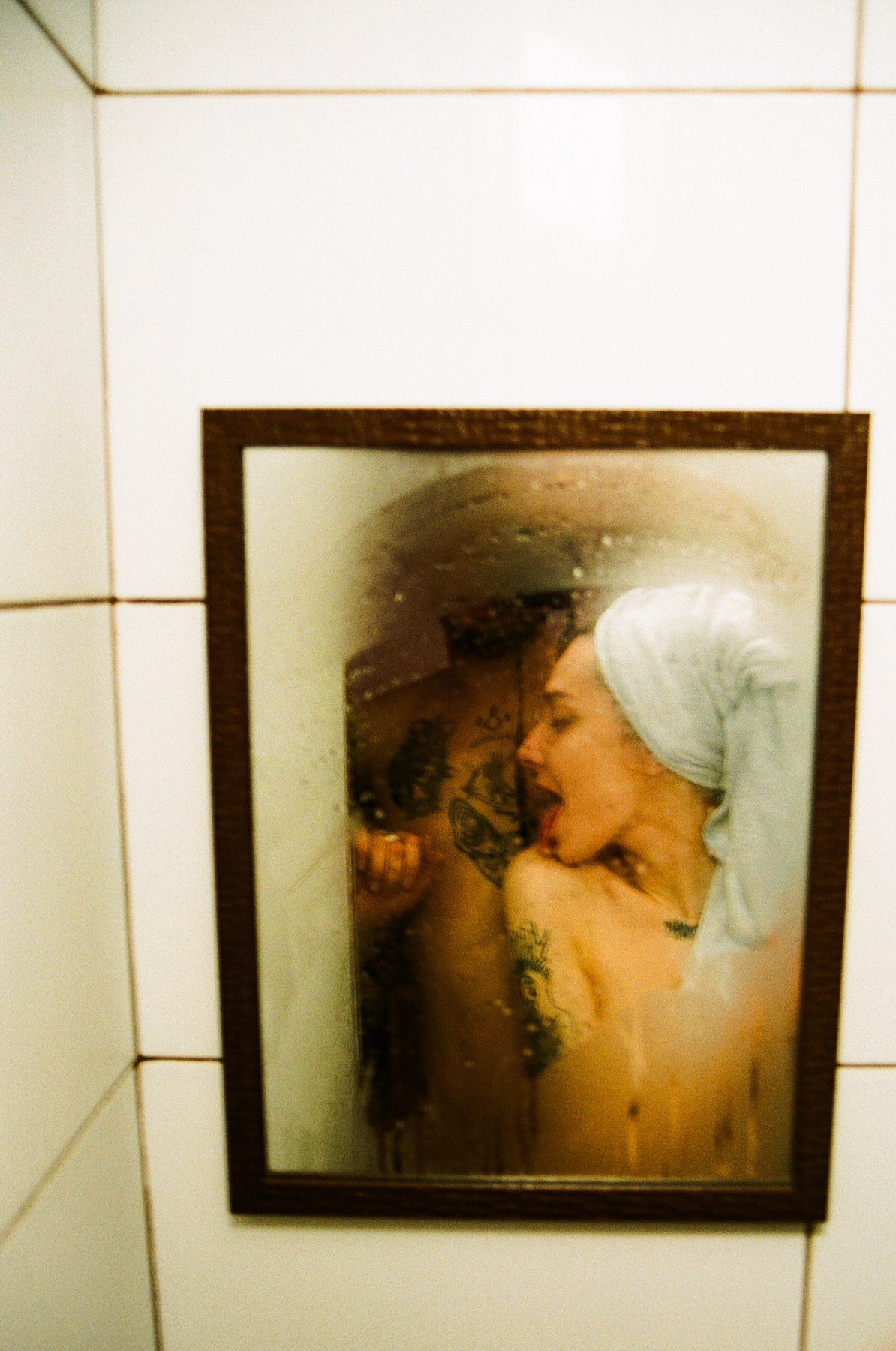
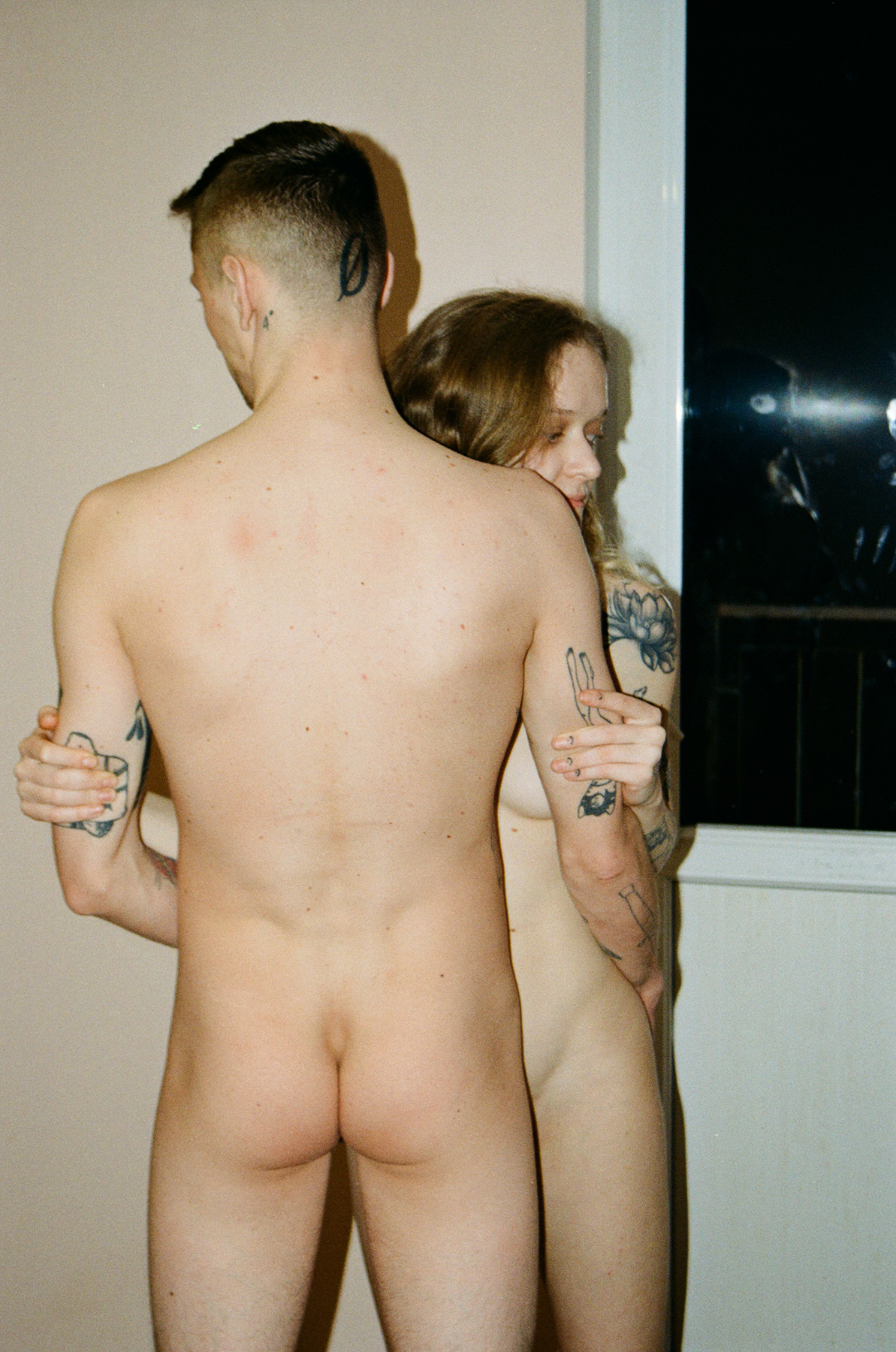
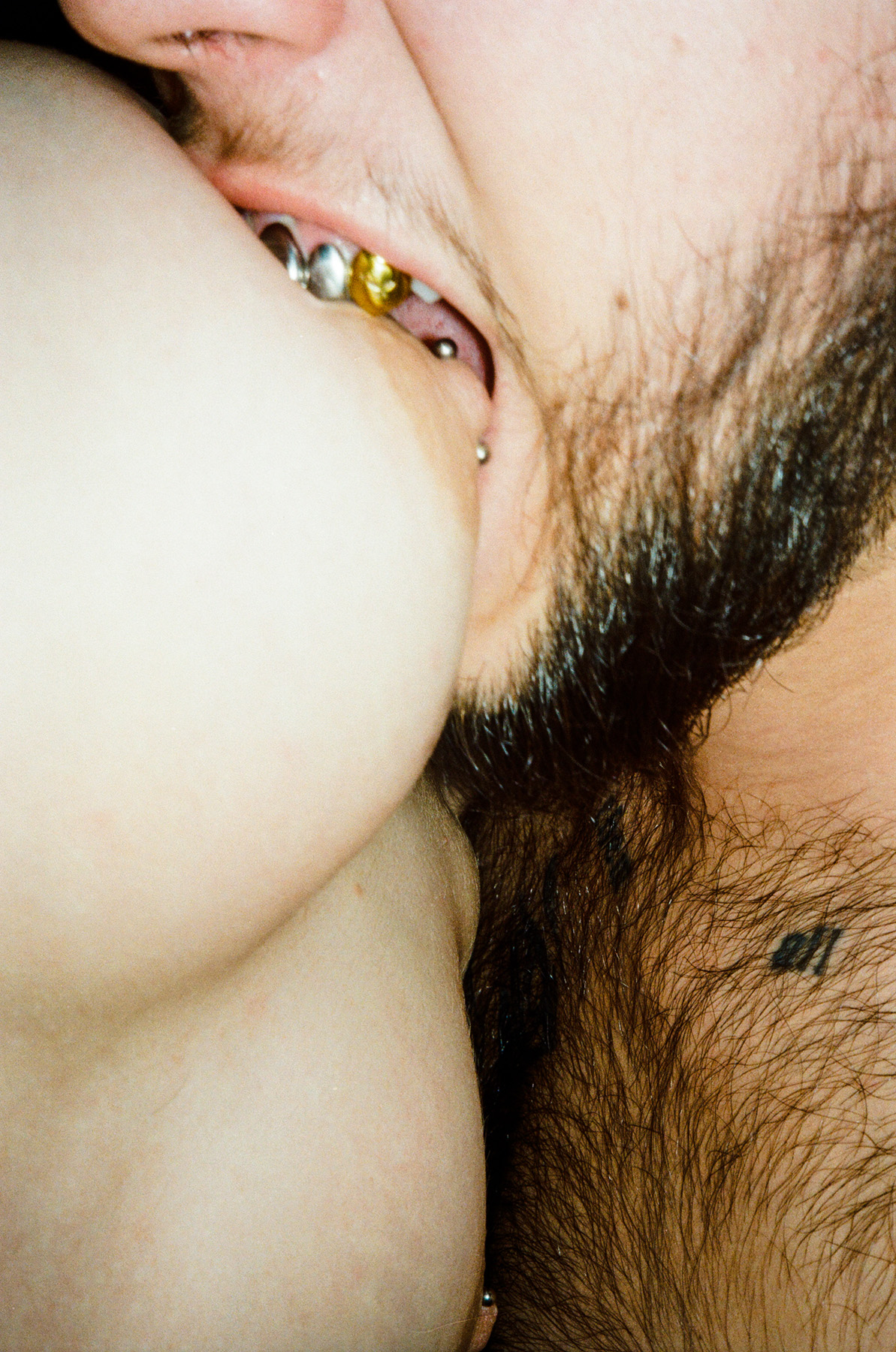
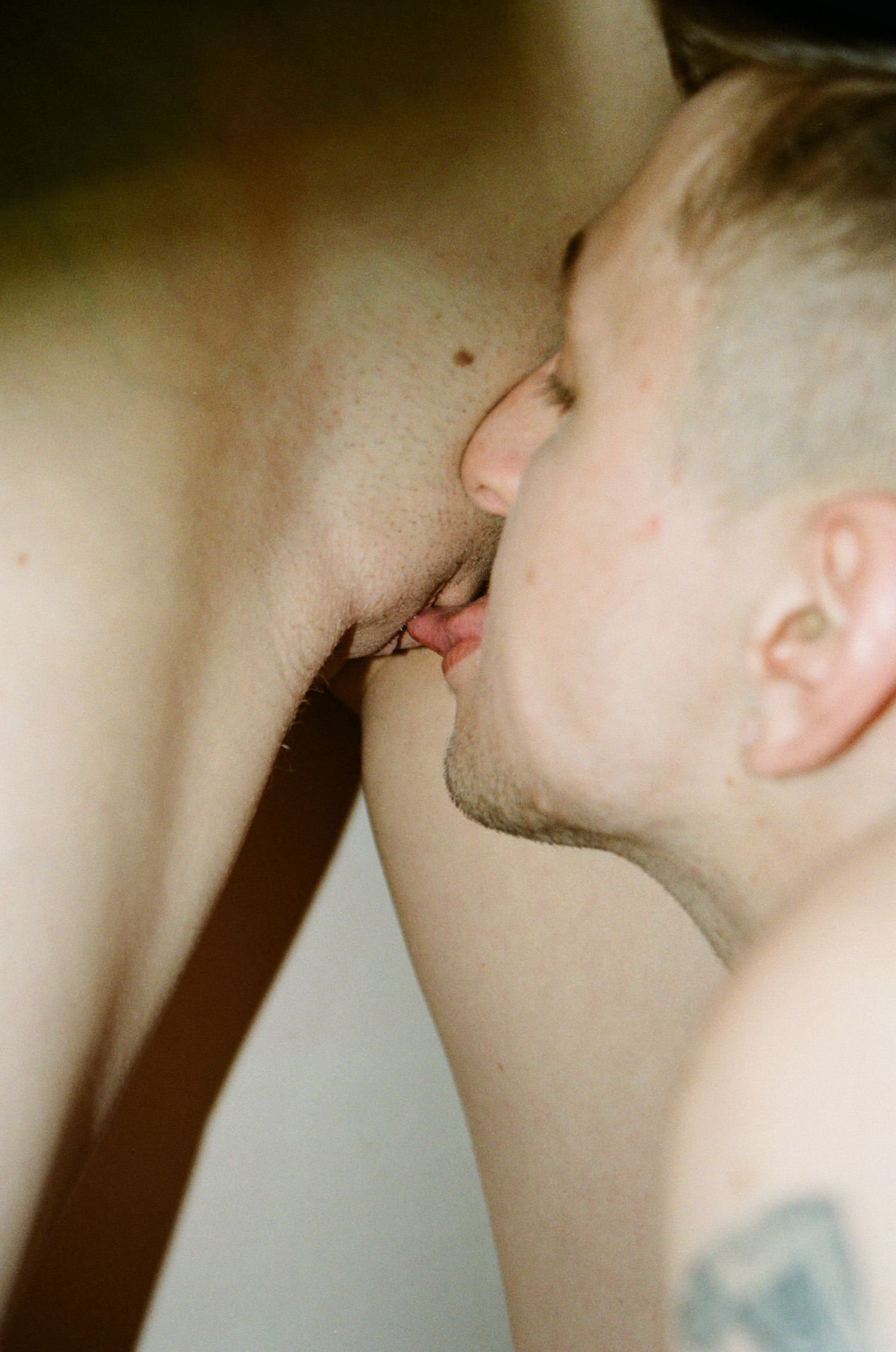
My first Instagram account was deleted twice, and after that, I had two more, so I’ve been banned four times in total. Honestly, I have no clue why it keeps happening. They deleted posts from private pages where everything was heavily censored to avoid any potential issues. For the past two years, my accounts have been stuck in shadow ban (where my posts are not discoverable through hashtags, and my account appears at the bottom of search results), so only people who already know about it can find my page. But I take it with humor, my goal is to reach the thirteenth page.
Fighting censorship on Instagram is impossible as long as it’s a general platform for different users and money-making. What’s more important is to fight censorship in general – state-level censorship does much more harm to artists.
State-level censorship does much more harm to artists.
My attitude towards social media is becoming increasingly skeptical. Now I find it more interesting to participate in the exhibition space. Indeed, being part of the group exhibition “Revisions” curated by Roman Pyatkovka and Igor Chekachkov provided much more feedback and experience than two years of online posts.
I feel that my photography is personally about me and my relationship with the surrounding world. Recently, I have started to seriously contemplate the reasons and motives that drive me. Getting to know Roma Pyatkovka and taking a course at Chekachkov Academy pushed me to look more in this direction.
